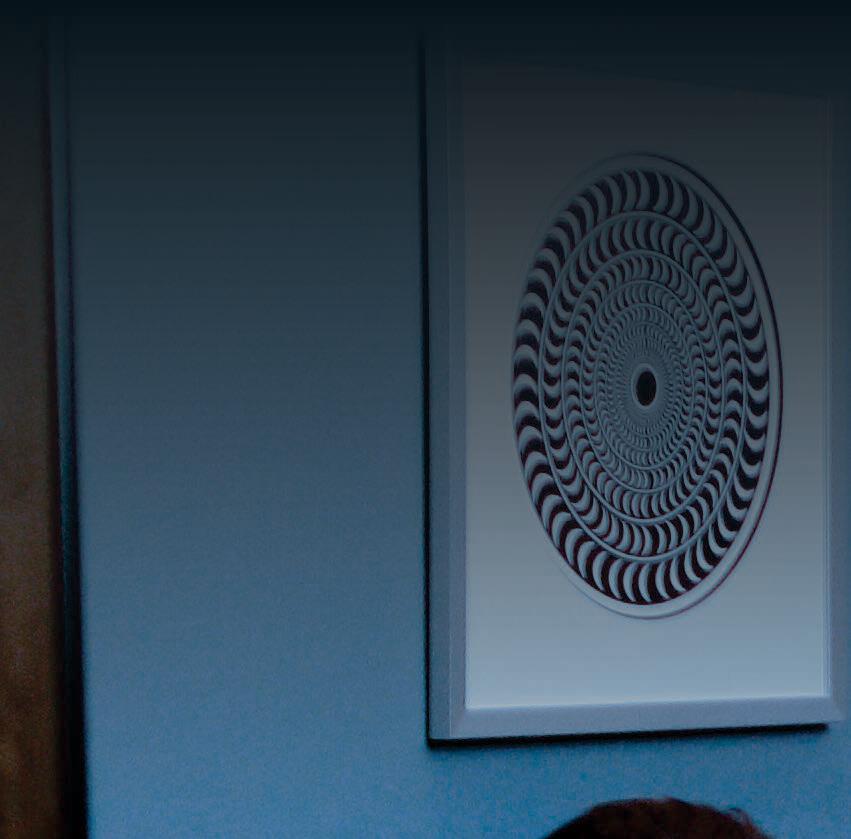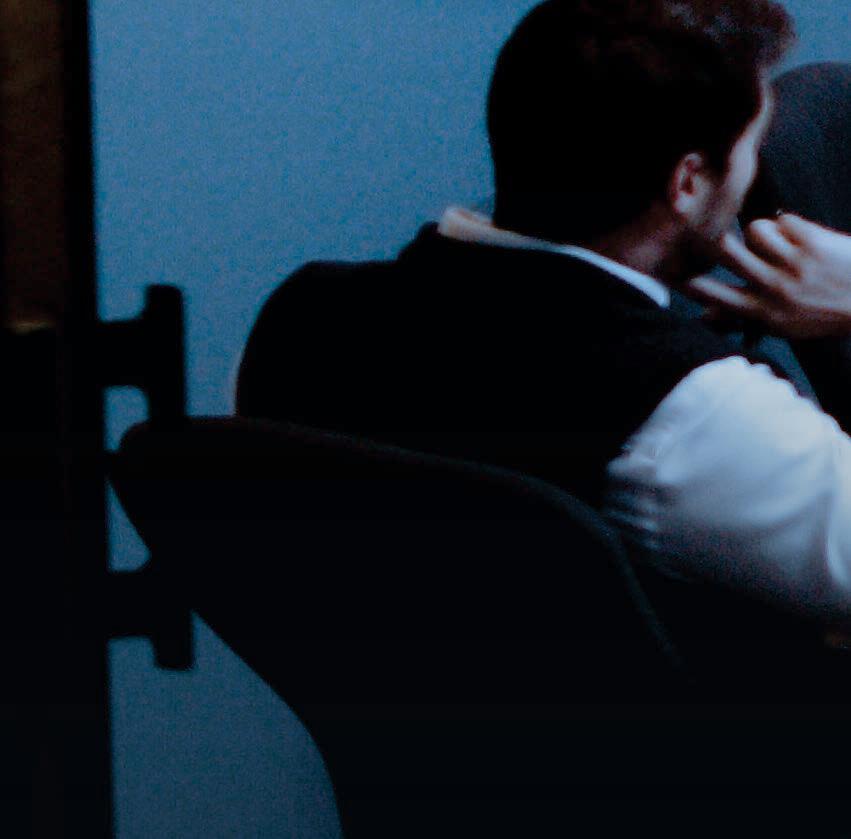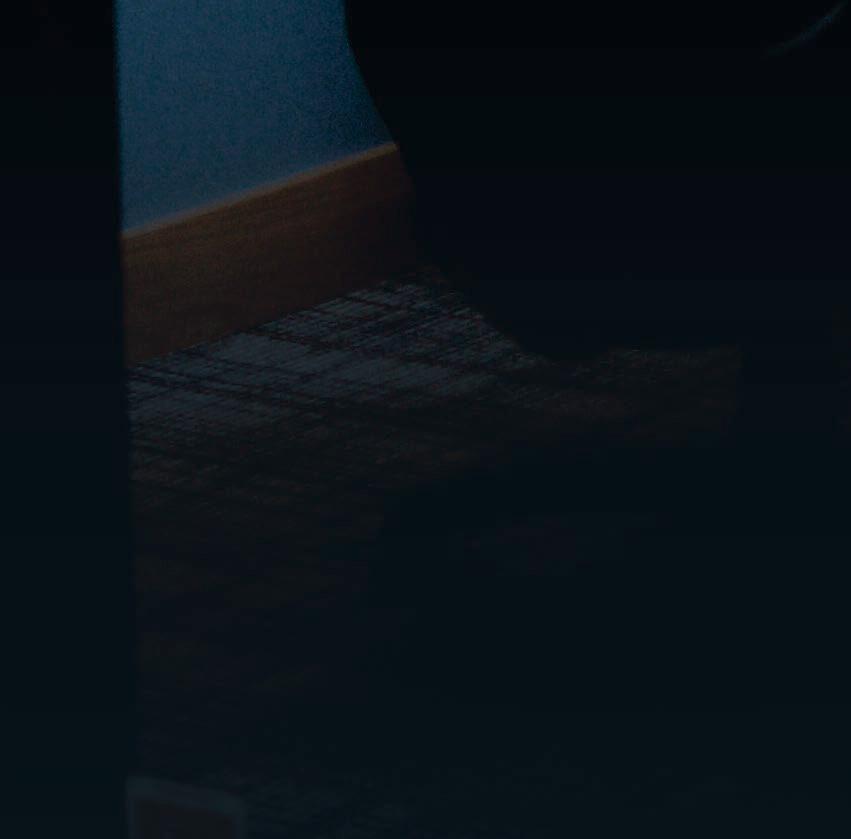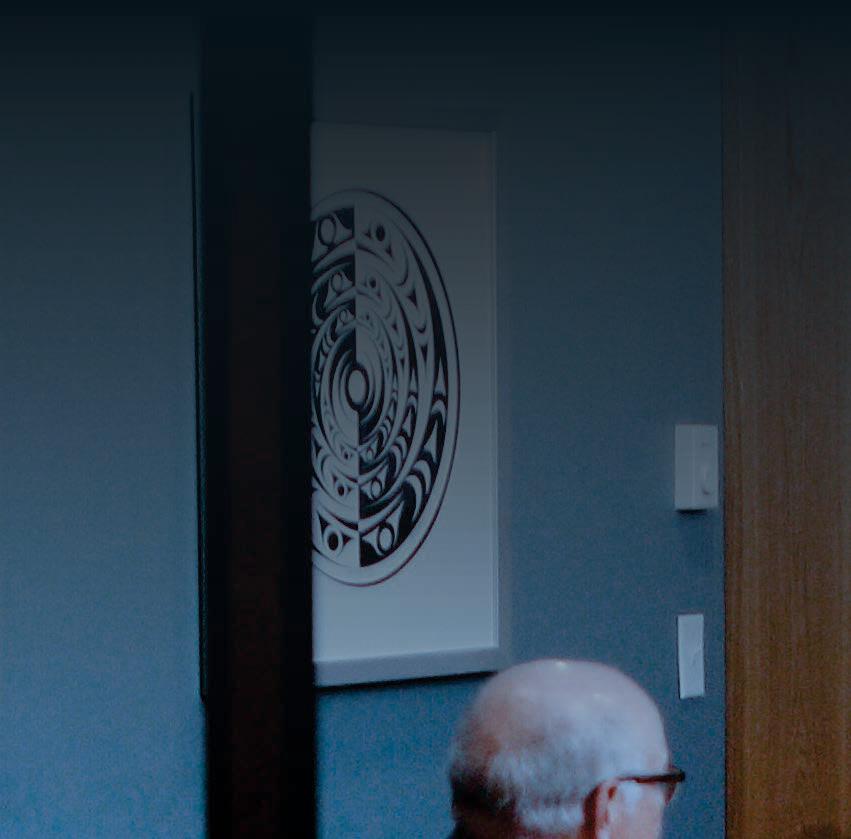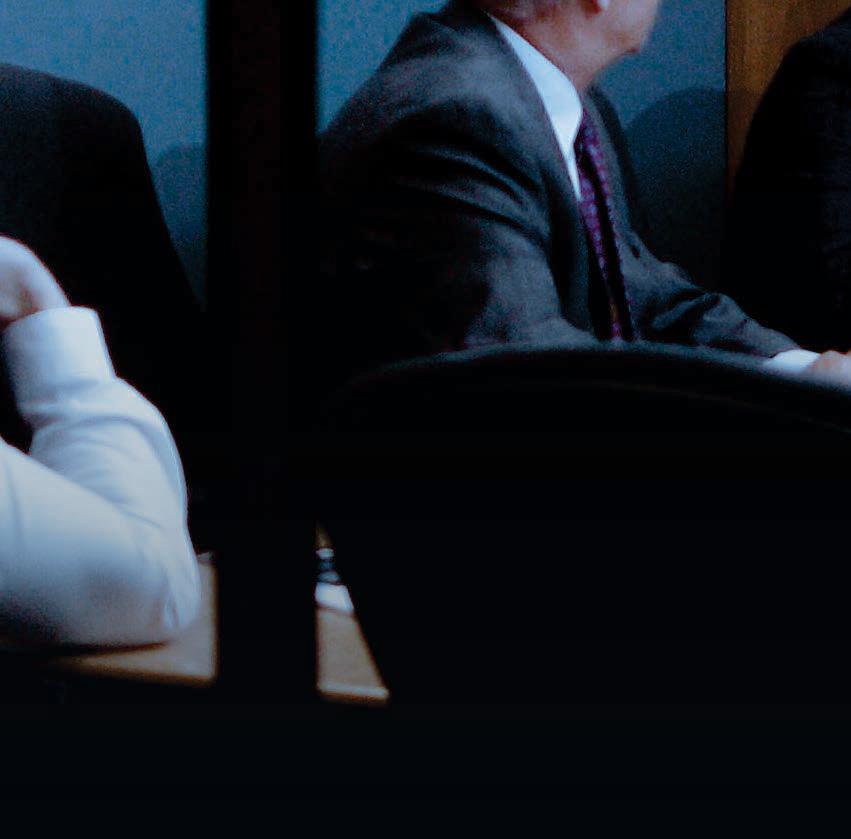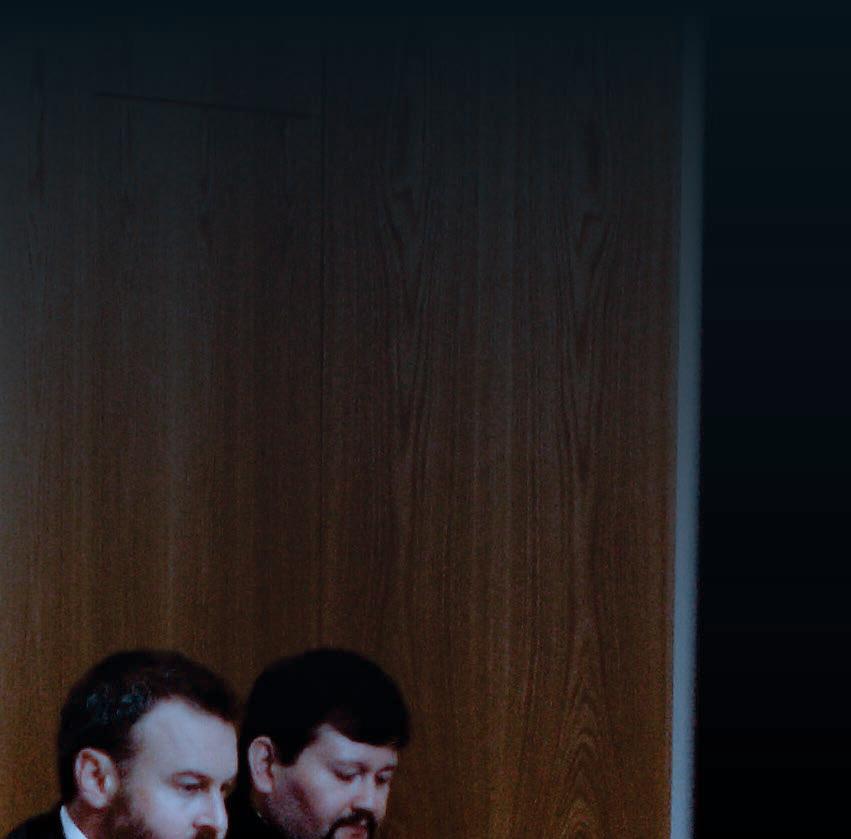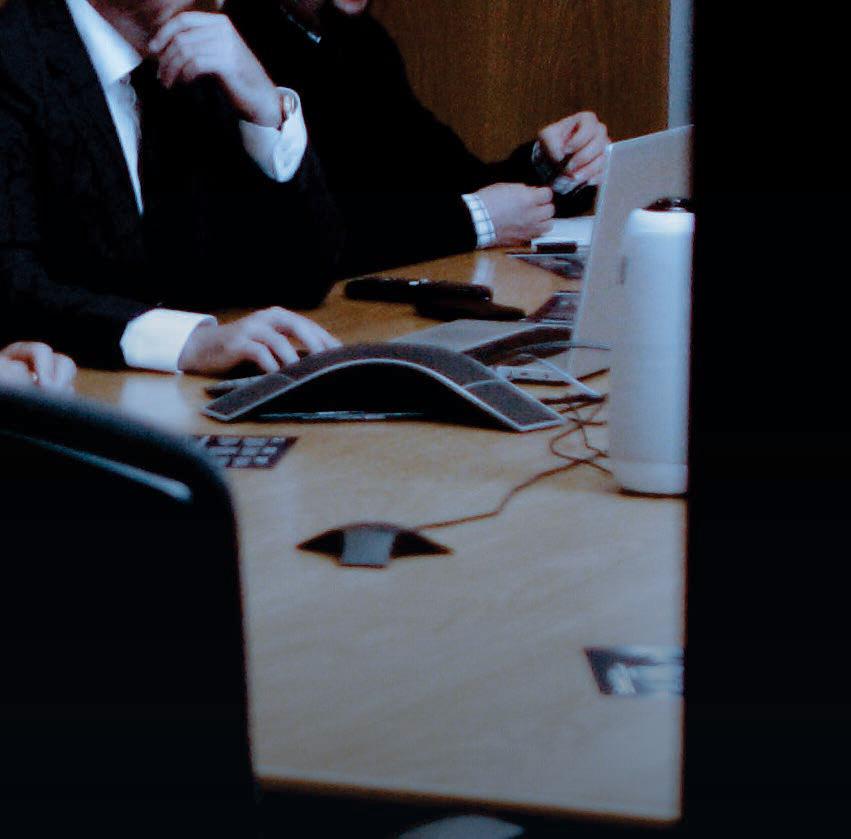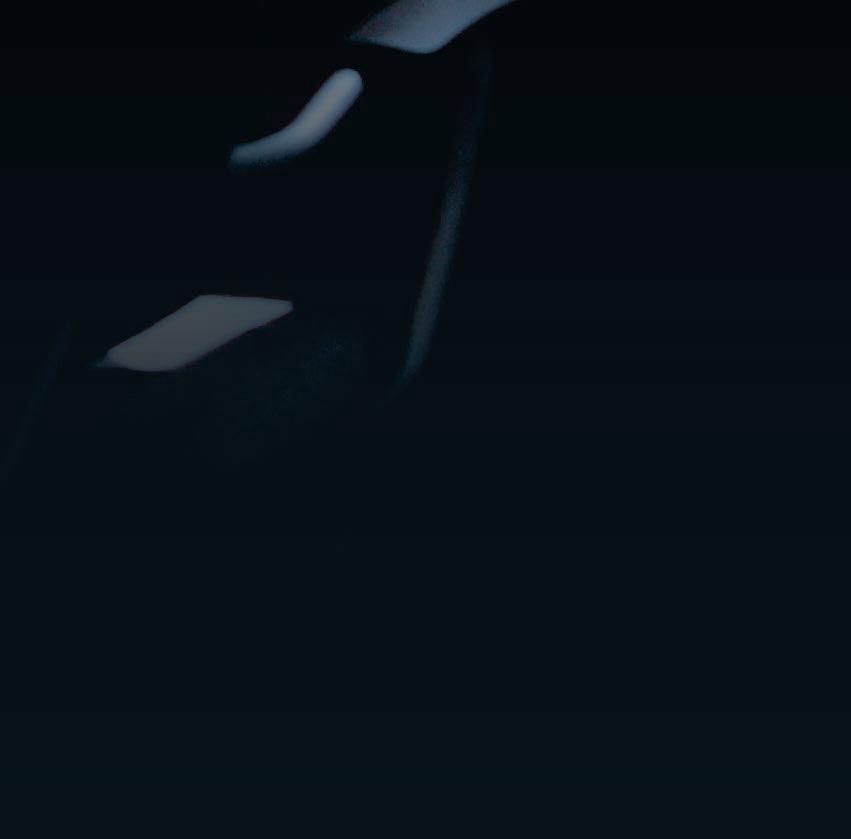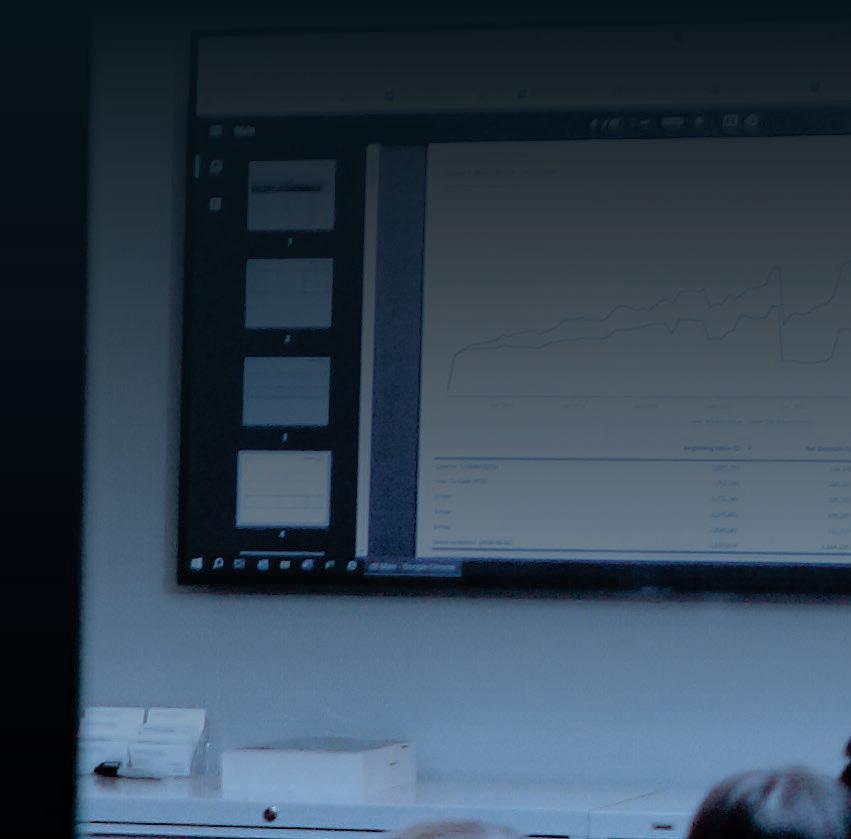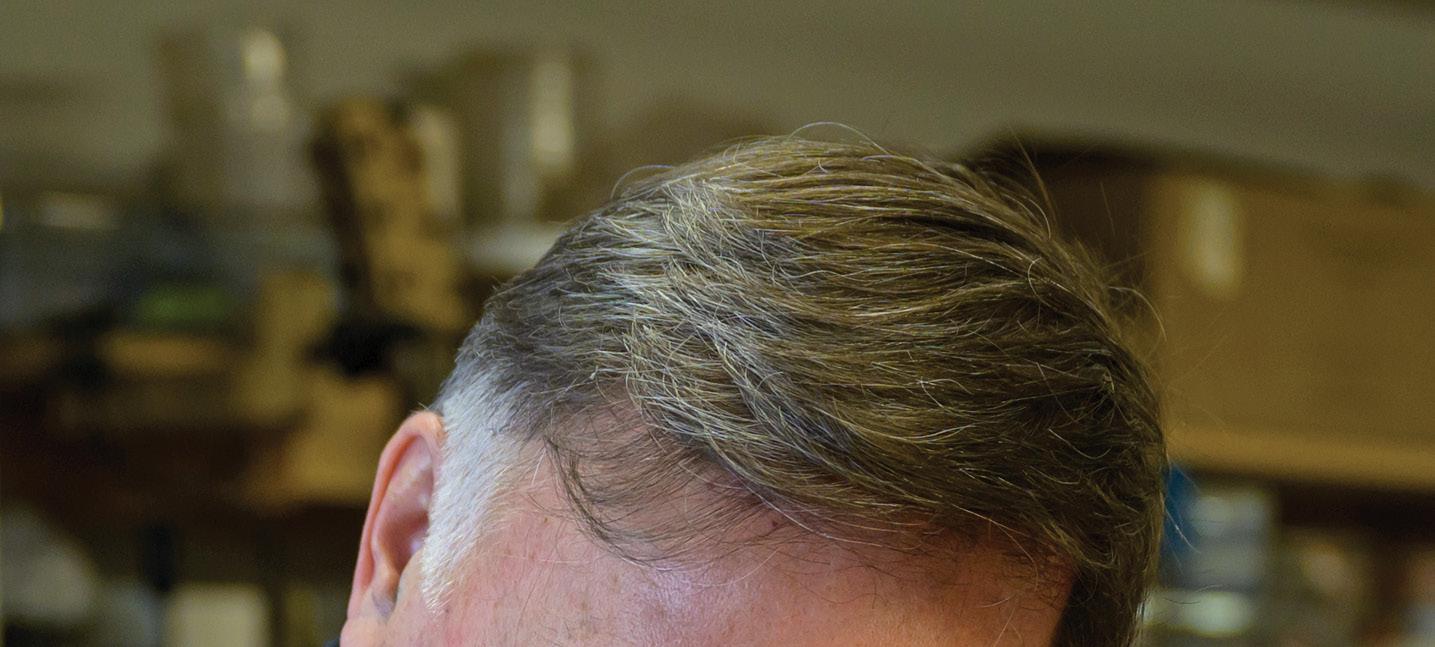

Wood Wonder
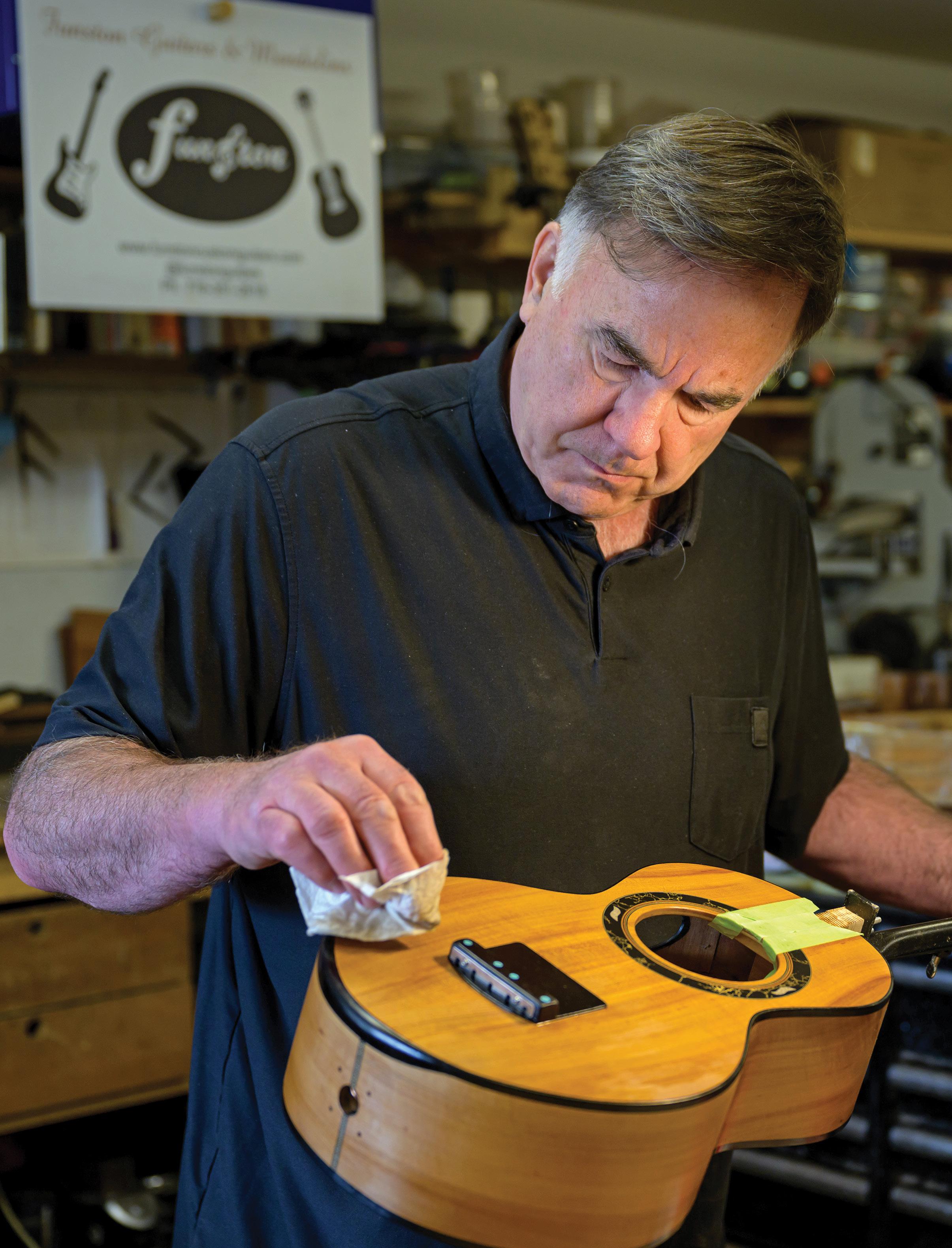
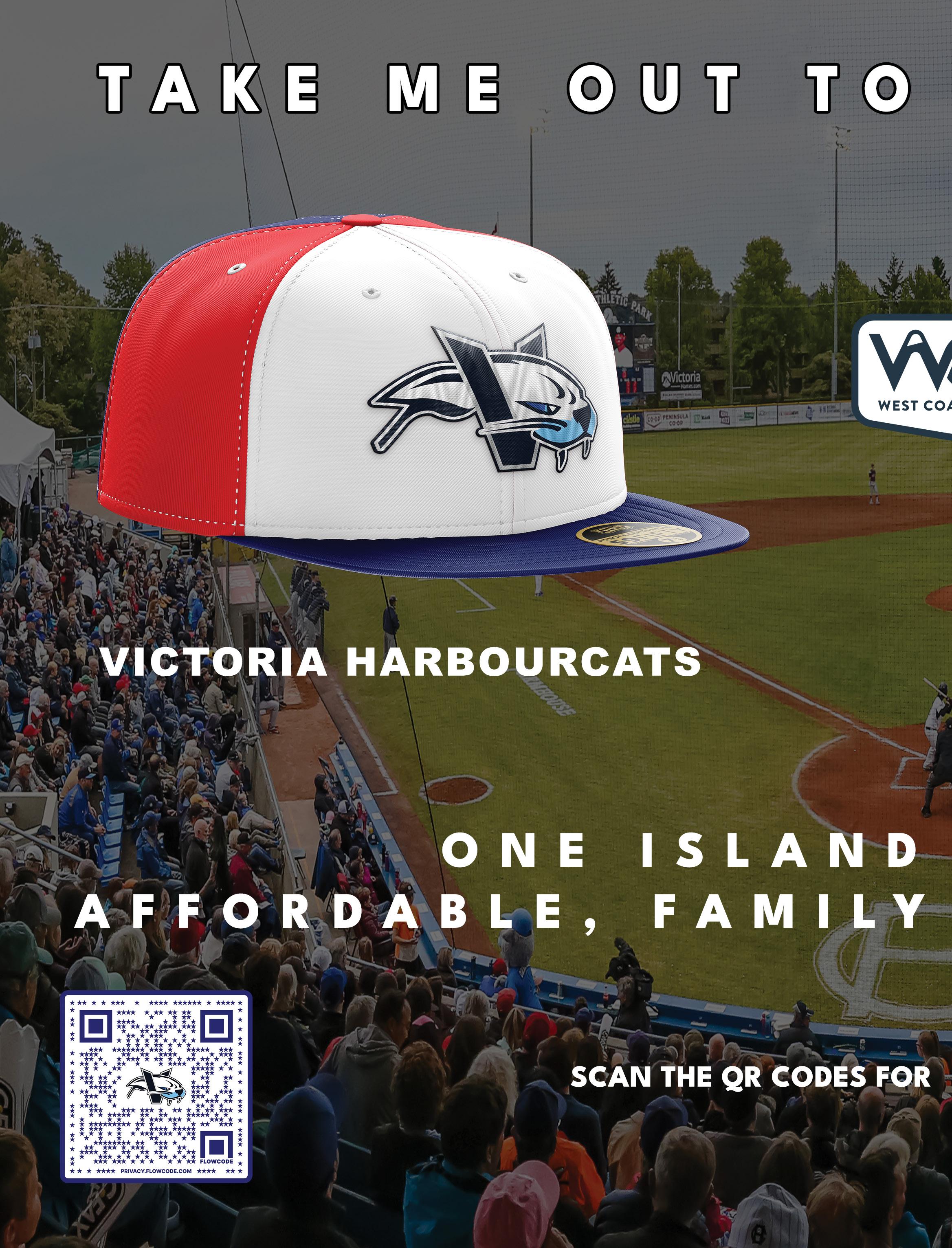
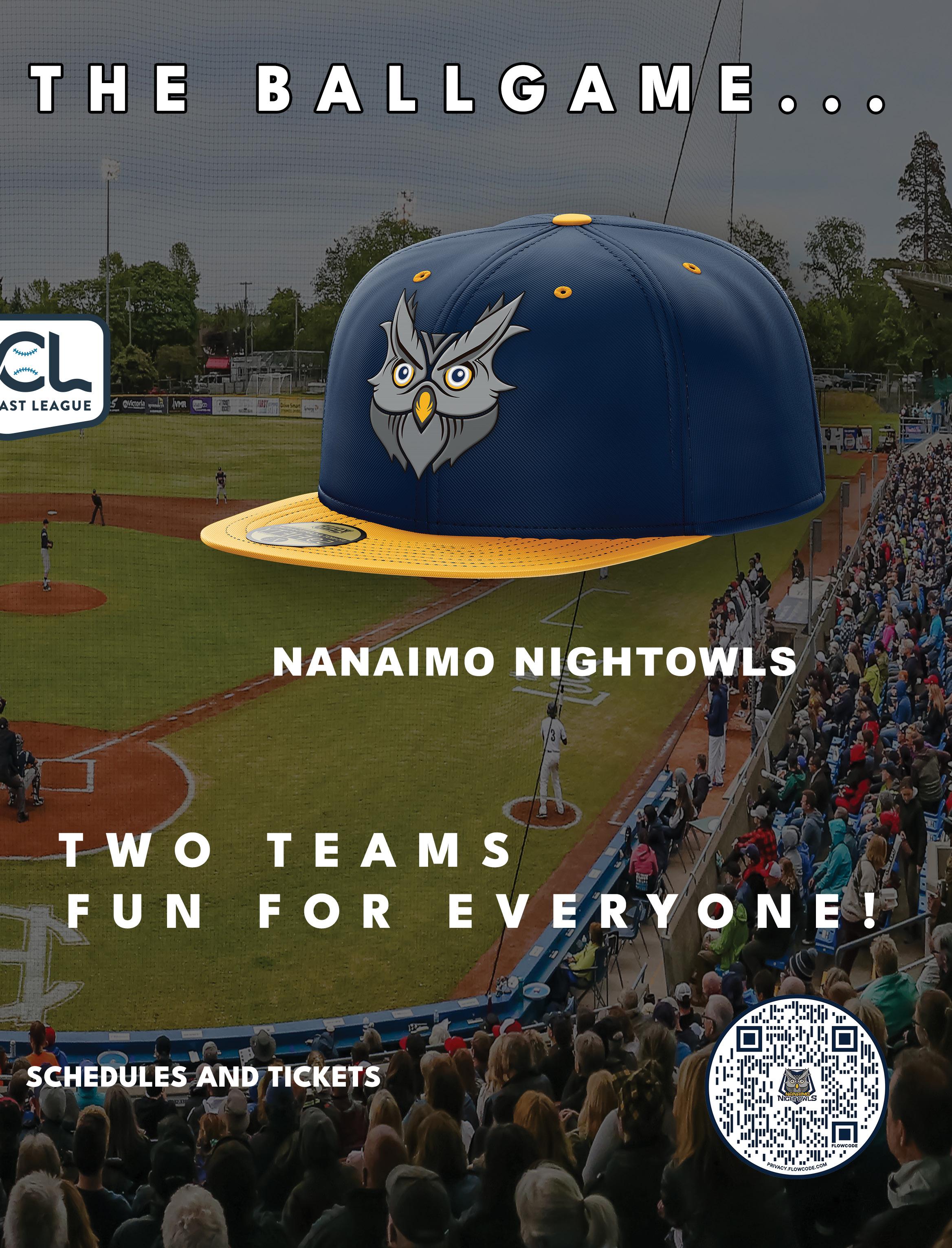

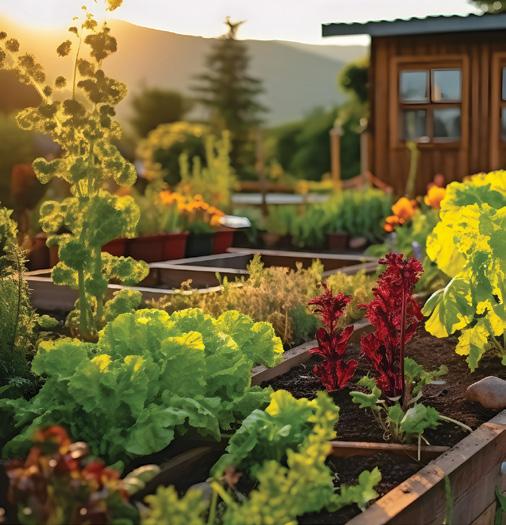
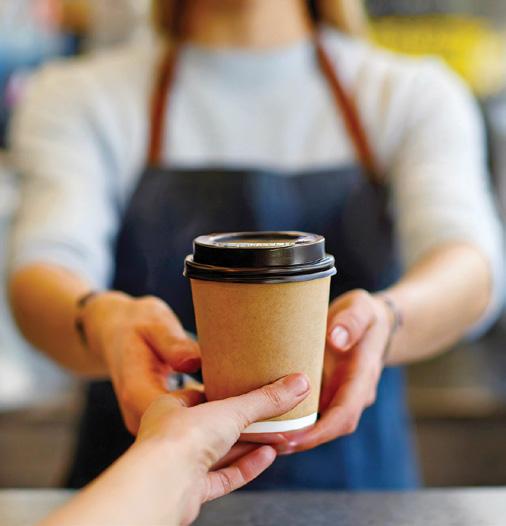
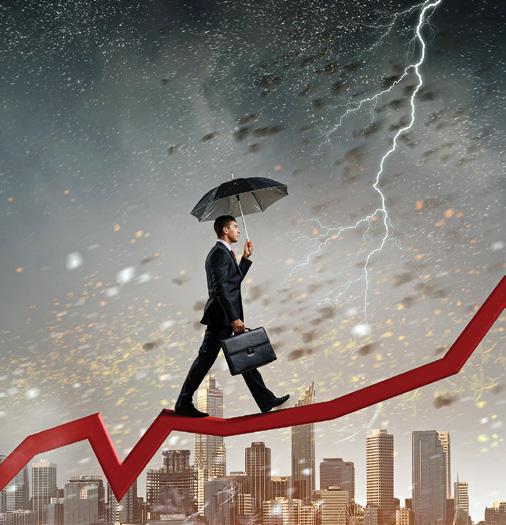
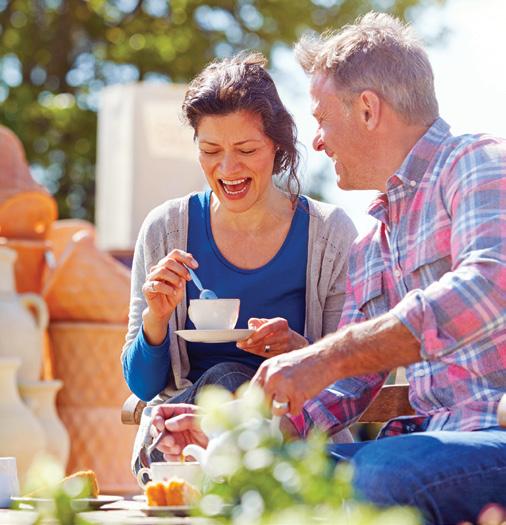
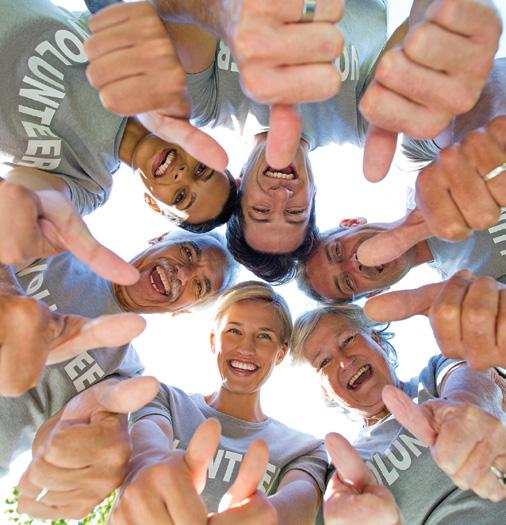


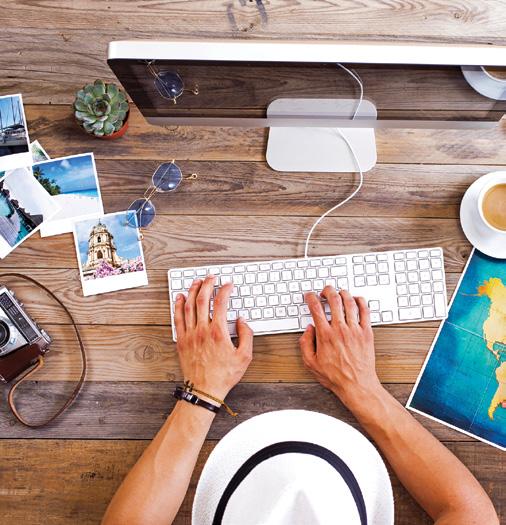


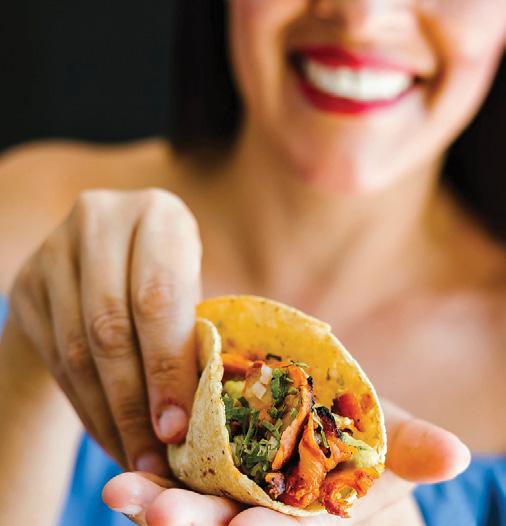
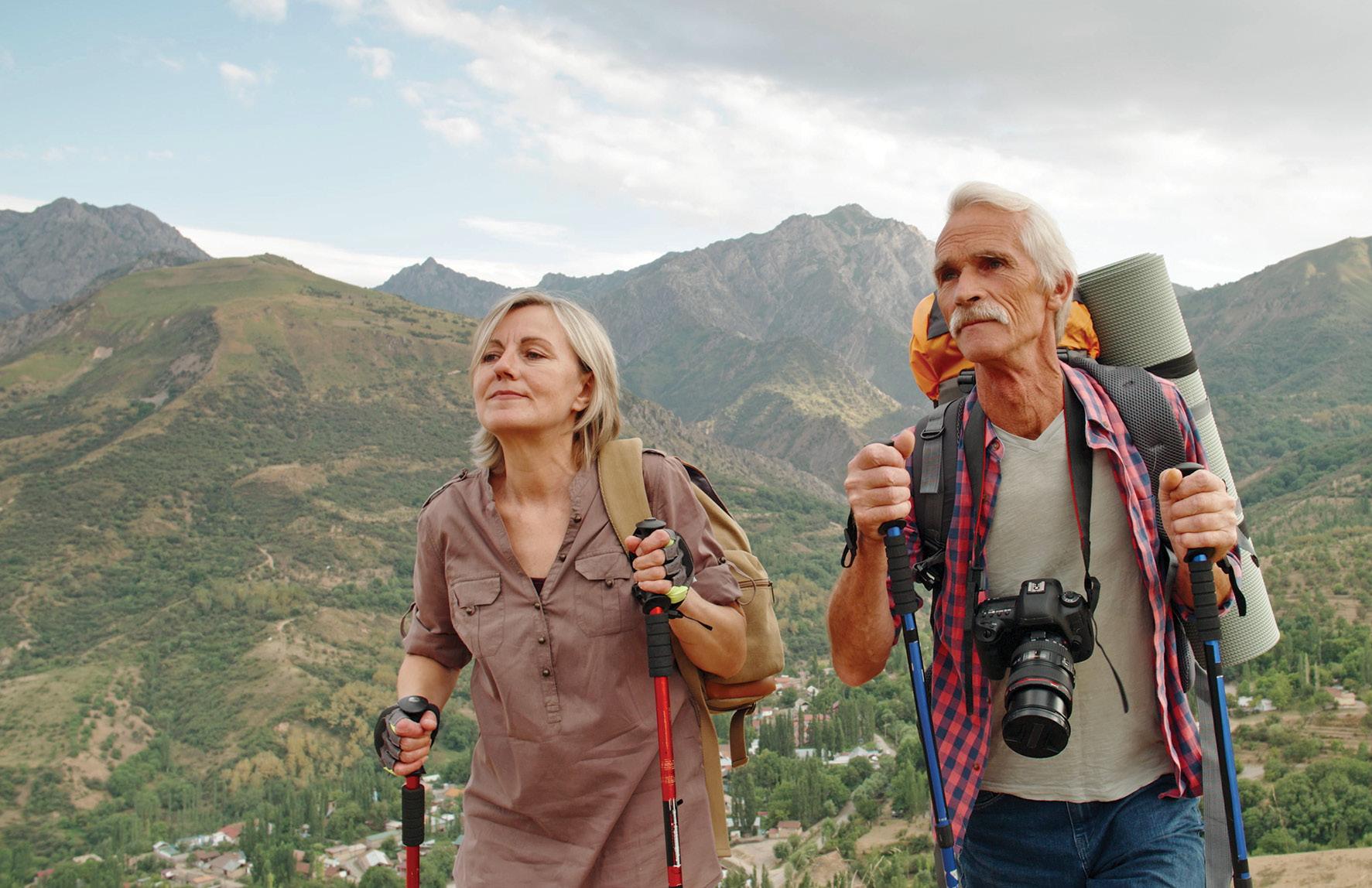
The Evolution of Life After 50
Let’s set the record straight: life after 50 isn’t a slow fade—it’s a bold, beautiful evolution. This chapter isn’t about winding down; it’s about opening up. It’s a time to rediscover freedom, embrace passions old and new, and tap into the deep well of wisdom only decades of living can provide.
For too long, “after 50” has been miscast as an ending. But we know better. This vibrant stage of life is rich with opportunity, meaning and joy. It’s not about what’s behind you—it’s about everything that still lies ahead.
Maybe you’re savouring your mornings now, experimenting with single-origin coffee or journaling with intention. Maybe you’ve booked that long-awaited trip to
Tuscany, are experimenting with new foods or finally dusted off that guitar. Whatever it is, this is your time to explore—not retreat.
Got a green thumb? Dig into garden projects that bring beauty and peace for months to come. Want to give back? Volunteer, mentor, or lead a local cause. Your experience, time and community spirit are more valuable than ever. And love? It’s still very much on the table. Whether you’re deepening a long-term bond or sharing a new romance, connections in this season can be more grounded, more meaningful and yes, more exciting!
Reflection is part of evolution too. You’ve earned your quiet moments. You’ve earned the joy of
slowing down without losing momentum. In this stage of your life, you are smart enough to know that rest isn’t a luxury or laziness; it’s what keeps the body from breaking down and allows you to enjoy your next phase.
This is your encore: unwritten, unfiltered and entirely your own. Whether you’re chasing adventure or choosing simplicity, life after 50 is yours to shape.
So, embrace it with curiosity. Lead with purpose and don’t forget to find joy in the small, everyday moments.
Welcome to your new chapter. Let’s make it unforgettable.
Stacie Gaetz
The Intricate Art of Guitar Making
Sidney luthiers share the tricks of the trade
What can you find at the intersection of engineering, art, science and music? Guitar making.
Guitar makers, or luthiers (from the French word lute), combine wood working, creativity, technique and melody to craft instruments that inspire the user to produce moving music.

“The art of guitar building is so much more than making a beautiful instrument. The detail of exact measurements and the intrinsic qualities of the different woods is what truly makes a guitar sound the way you desire,” says Reuben Forsland, owner of Joi Guitars.
Bernard (Bernie) Funston agrees. He owns Funston Guitars and has been making the instruments for 20 years.
“When you build a guitar, you are an enabler,” says Funston.
“You are putting forward your artistic value and then handing it over to someone with a completely different set of talents. When you listen to your instrument being played, that’s the reward.”
Forsland and Funston share the same workspace in Sidney and make a variety of instruments. Funston makes steel string acoustic, classical and flamenco, and electric guitars, as well as mandolins. Forsland focuses on acoustic guitars and uses innovative building materials and design.
Funston recently created a new instrument for a client called a “arbutar.”
“Joby Baker is a fairly well-known musician in England, and he wanted
a modification on a Mexican instrument,” explains Funston.
“He likes bass notes but instead of the modification, I suggested I design a whole new instrument for him.”
Funston describes the arbutar as a small five-string bass instrument constructed from arbutus wood from British Columbia. The neck is cherry. Both metal bass strings and natural gut harp strings are used to create the unique sonics of this instrument. Funston says Baker attracted a lot of attention from other musicians on his European tour and he has since built an arbutar for Sting’s former lead guitarist Dominic Miller, and Sean Mendes.
“And the orders keep coming in!” he adds.
Forsland is well-known for his respect of traditional building methods, but he is always exploring new designs and concepts using rare and exotic woods and materials. His philosophy of building a great guitar extends to the lives of the people it will touch through passion, inspiration and music.
“I build instruments that are connected to stories,” he says.
“In the hope that people have a connection to the instrument. The stories come through in the music and the emotions that brings forward.”
He creates with mahogany from the legendary tree in Belize that luthiers refer to as simply “The Tree.” Forsland’s Hendrix “Black Gold” and “Legends” guitars are built from wood at the childhood home of legendary Jimi Hendrix.
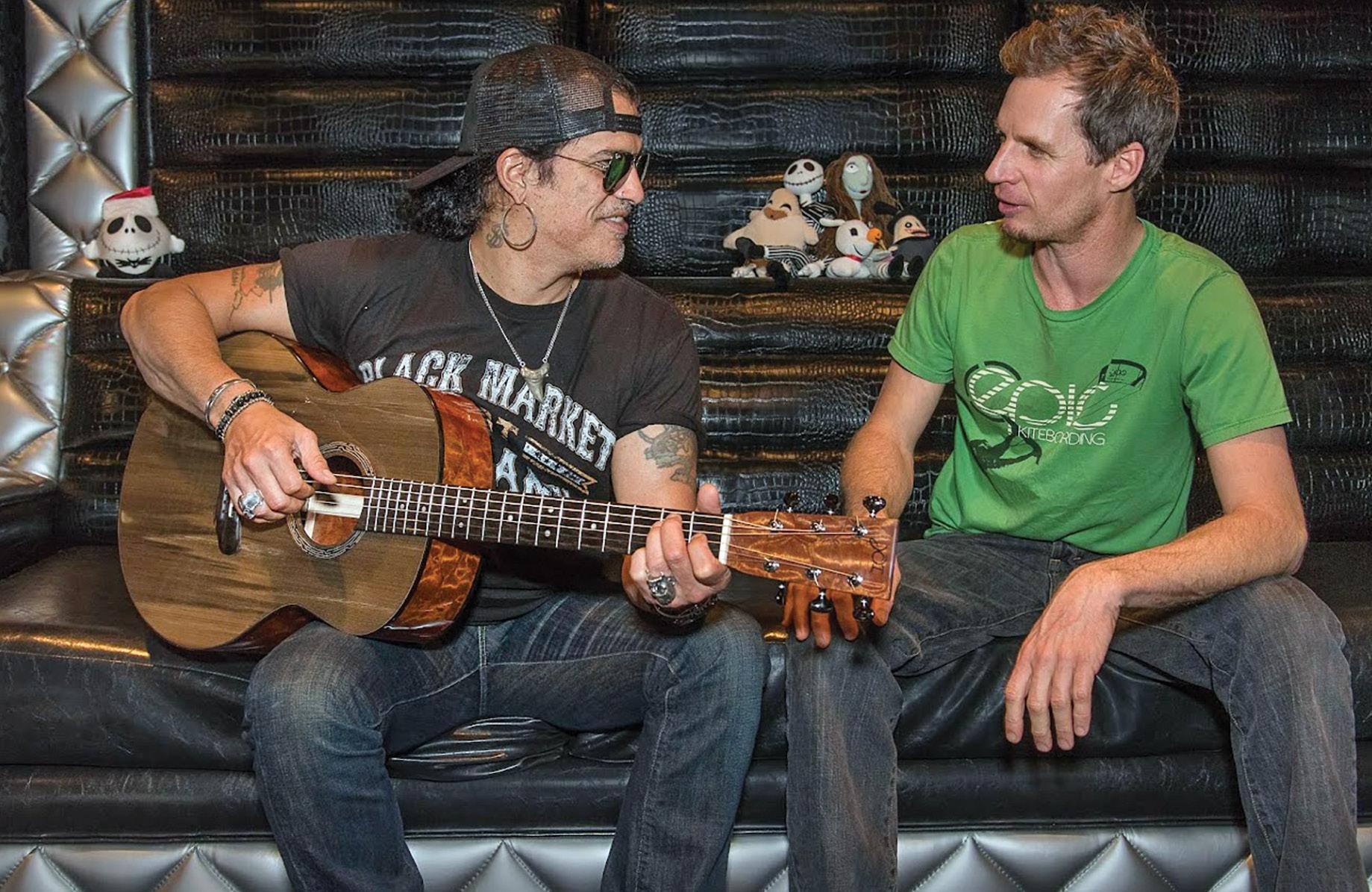
“Jimi is the most influential guitar player of all time, so that is a great accomplishment,” says Forsland.
He has also created guitars out of hemp and carbon fibre.
The guitar-making process involves many stages including cutting wood to a usable thickness, sanding, planning, shaping using heat, bracing, embellishing, installing frets and final assembly.
Both luthiers’ guitars have received wide acclaim and been played by gifted musicians from all over the world.
Forsland built a custom guitar for Grammy Award winning guitarist Slash, of Guns and Roses, and a steel string guitar for 2019 International finger style champion Matt Thomas. He has also created instruments for Willie Nelson and his son Lucas Nelson, and Thailand mega star Mile Phakphum Romsaithong.
“Slash said that I blew his mind and changed the way he looked at the acoustic guitar,” he says, adding his work for Slash propelled Joi Guitars into the spotlight on the internet after
the renowned guitarist mentioned his work in Acoustic Guitar Magazine.
Sometimes the story behind a guitar comes from more than just who plays it. Forsland’s “Equilibrium” guitar represents a tribute to his father and the transformative power of love and perseverance. The guitar is now being showcased at the National Music Centre Museum of Canada in Calgary.
“My dad was a homeless alcoholic and crack addict on the streets of Calgary for 15 years and he was telling me that he could feel the crack eating holes in his brain,” says Forsland.
“That really stuck with me and shows in the holes that have been eaten away by an insect in the bog wood that the guitar is made of. It’s about the fact that every choice we make in life can be positive or negative. It is a reflection of the human experience.”
Funston made two guitars for internationally-acclaimed guitarist and composer Terry Robb and two mandolins for the President Carter Legacy
Photo: Gordon Ross Photography

Collection, one of which was played by Nashville star Sierra Hull at the former President’s 96th birthday party.
“The mandolins are made out of empress wood from a tree that President Carter grew on his property in Plains, Georgia,” says Funston.
“It is one of the fastest growing woods in the world and, as a result, it doesn’t have any growth lines. They are truly unique instruments.”
Forsland said he wants people to know that guitars can be hand-crafted by a single person.
“They don’t have to be mass produced in factories,” he says.
“There are people out there who will manipulate and build it to bring out the most in the pieces of wood. Every piece of wood is an individual and should be treated as an individual and that’s what a single-shop luthier does.”
Funston adds that it can take anywhere from 250 to 300 hours to build
an instrument. He says some guitars “want to be built and everything falls into place” while others “fight you every step of the way.”
“Good guitar makers, make mistakes; great guitar makers fix them,” says Funston.
“Reuben and I joke that we are changing the world one guitar at a time.”
Learn more about Joi Guitars at joiguitars.com and visit Funston Guitars at funstonguitars.com.
Stacie Gaetz
is the managing editor of GRAND. She runs on exploring new and exciting places and getting to the heart of people’s stories. If you have a story she should know about, reach her at editor@islandparent.ca.

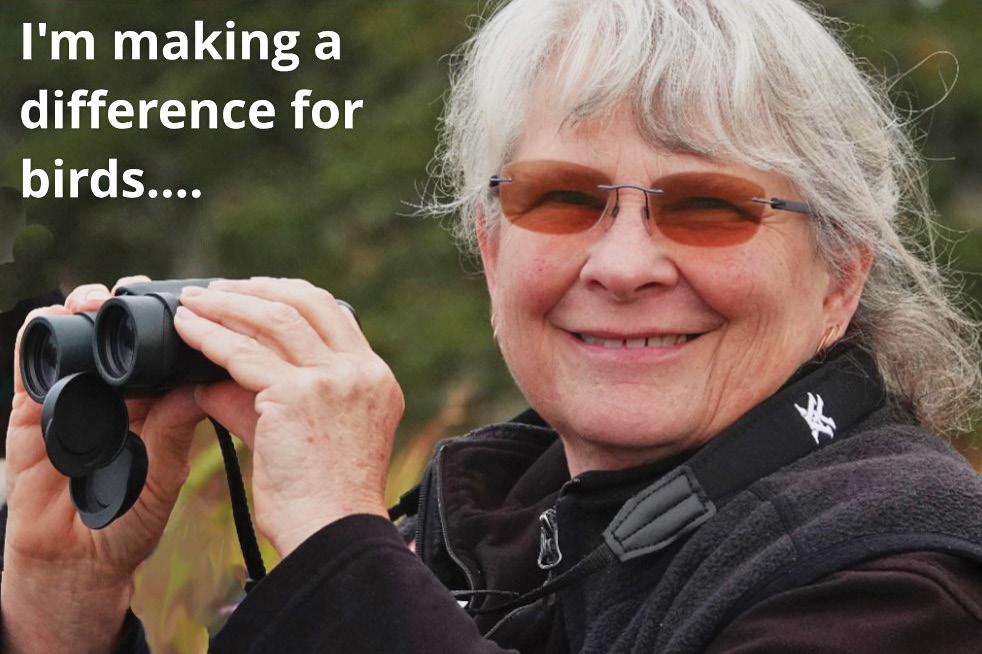
...by learning how to protect them.
Join Rocky Point Bird Observatory to expand your bird knowledge and share your passion for them with a community of bird lovers.
A recent analysis has revealed that the Capital Region of British Columbia is the Birding Capital of Canada! We have confirmed an impressive total of 425 bird species, exceeding other renowned birding regions of Canada. Our region is also home to three historic Migratory Bird Sanctuaries and one of the best natural environments in urban Canada.
Join this vibrant community. Learn with RPBO, share your skills, and participate in various birding adventures with our members.
RPBO provides numerous opportunities for you, your family and friends to|get involved in birding. Visit our website for details on guided bird walks, or explore resources on a variety of topics, such as making your home and garden more bird-friendly. You can also join us for community events that are great for families, such as Victoria Bird Week in May and the Christmas Bird Count for Kids each December.
Looking for more ways to be a champion for birds? Share your energy and skills as a volunteer, or join a “Be a Better Birder” course to increase your birding skills. Your involvement can lead to meaningful change, fostering awareness and sustainability for years to come.
Be a part of RPBO and make a difference for birds!
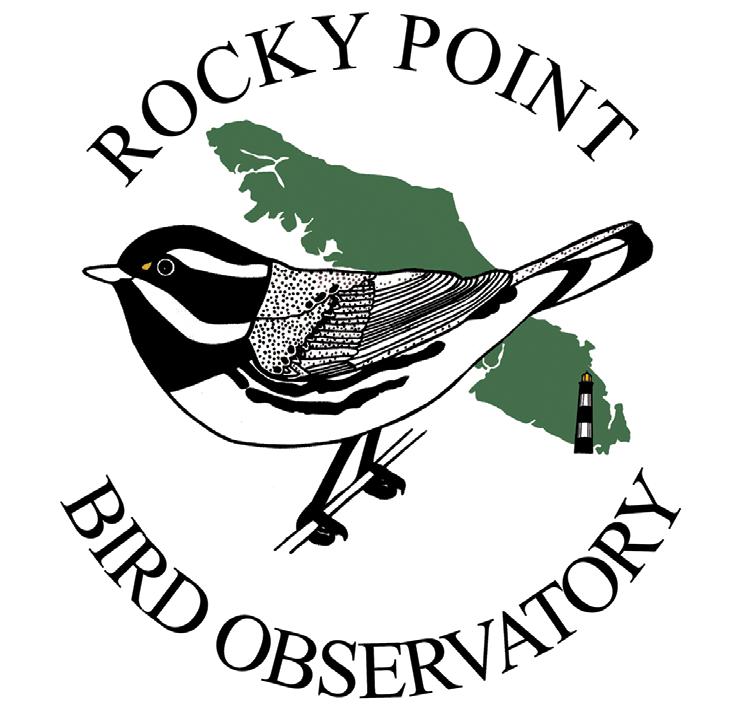

Dating After 50
Rediscovering Romance, Confidence & Connection
“Ihadn’t been on a date in 32 years,” says Marjorie, 64.
“My daughter set me up with Bumble and even picked my profile pictures. I wore a blazer. He wore a baseball cap. We had coffee and talked for two hours. It felt like I’d come back to life.”
If the idea of dating again makes you feel both curious and queasy, you’re not alone. Swiping, profile photos and bios can feel like a whole new universe. But here’s the good news: love, intimacy and companionship aren’t just for the young. In fact, they might be better, and more authentic, after 50.
The Myths That Hold Us Back
There’s a stubborn myth that the window for romance closes after a certain age. Many believe that all the “good ones” are taken, that it’s too late to start again, or that we’re too set in our ways.
But the truth? People over 50 are often clearer about what they want and more confident in who they are. Emotional maturity, independence and a little humour go a long way in building real, meaningful connections.
This phase of life isn’t about chasing perfection—it’s about finding someone who fits where you are now.
Real Stories, Real Love
George, 67, met Carol during a local pickleball game in Victoria.
“We were both awful,” he says with a smile. “But we kept laughing through our mistakes. Eventually, we started grabbing coffee after games. Now she’s my partner, on and off the court.”
Linda, 59, lost her husband five years ago. She wasn’t looking for love, just a reason to get out of the house. While volunteering at a community garden, she met Ben. He was kind, gentle and always smelling like tomato plants.
“He didn’t try to fix me,” she says. “He just showed up. That’s what I needed.”
These aren’t rare exceptions. Across the country, people are rediscovering connection in all kinds of places and not always in the ways they expected.
Dating Now: Yes, It’s Different
Yes, dating has changed, but so have you. Many are giving online dating a
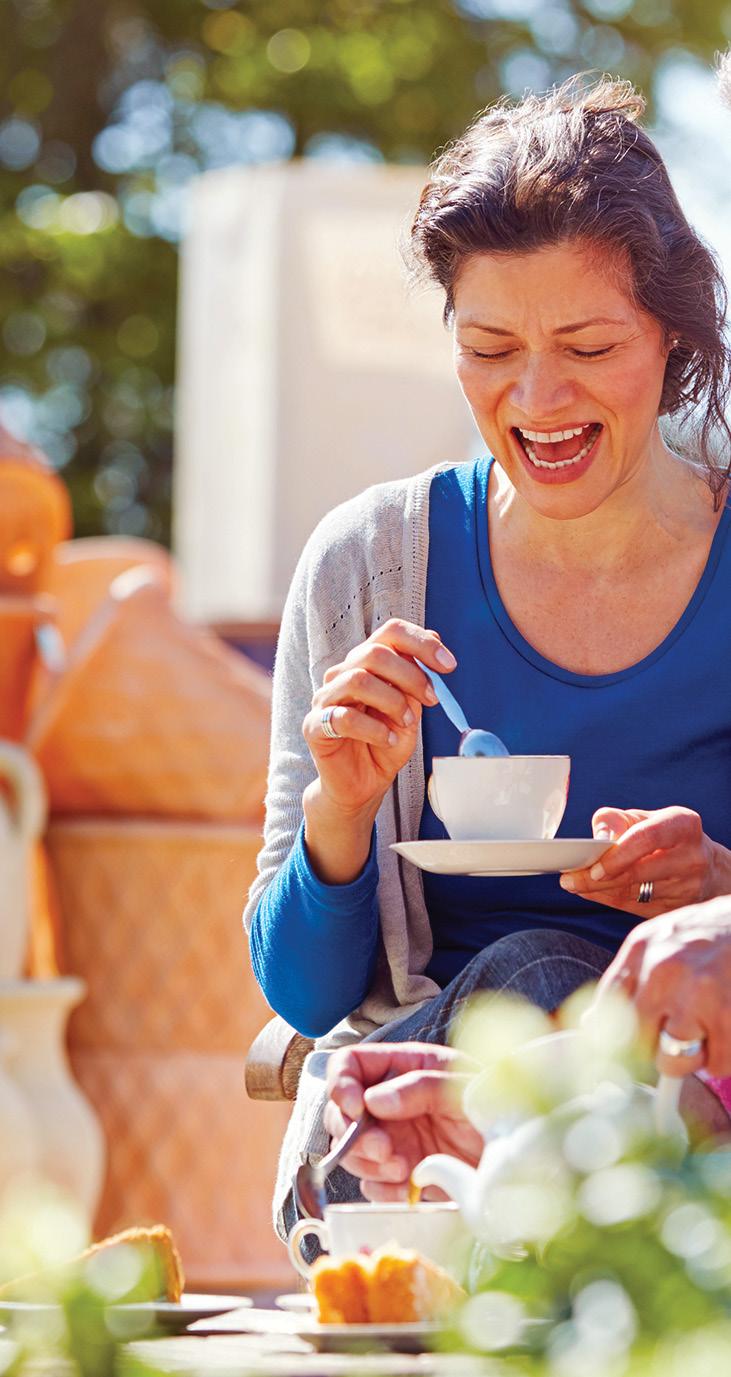
try through platforms like OurTime or SilverSingles. Others are meeting the oldfashioned way: through shared-interest groups, local classes, volunteer gigs or even a friendly chat at the dog park.
First dates don’t have to be high stakes. A walk, a museum visit or a casual coffee can be a low-pressure way to explore compatibility. The goal isn’t to impress—it’s to connect. If there’s chemistry, great. If not, it’s still a win: you showed up, and you’re still open to what life brings.
Redefining Love & Companionship
For many over 50, companionship doesn’t look like it used to. Not everyone wants to remarry or live together. Some want a travel partner. Others are happy with a Sunday dinner companion, someone to laugh with and lean on.
And intimacy? Yes, it’s still very much alive and it doesn’t have to follow any script. This stage of life gives us permission to define love on our own terms, free from outdated expectations.
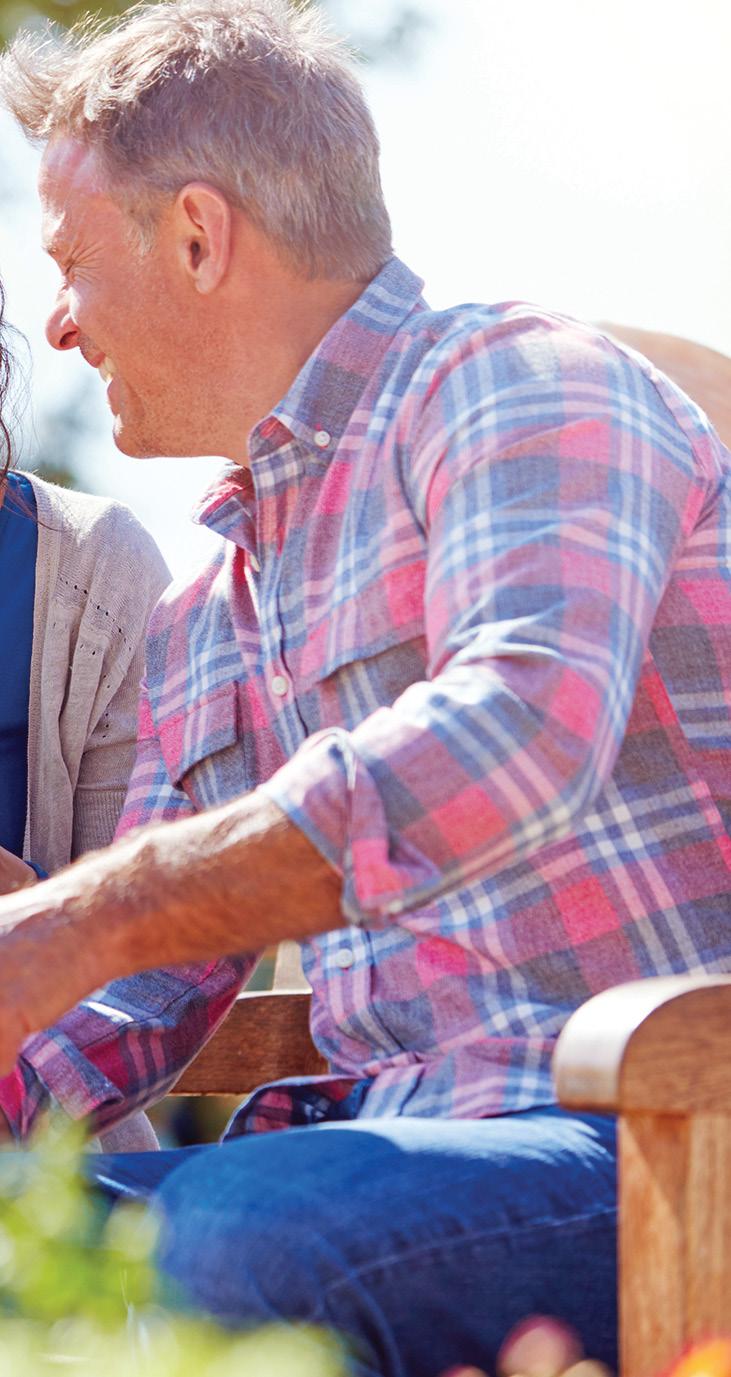
Emotional Readiness Matters
For some, grief, divorce or past heartbreak may still be fresh. Taking your time is not only okay, it’s healthy. There’s no deadline for healing, and no shame in saying, “I’m not ready.”
But when you do feel that spark of curiosity, lean into it. Love might surprise you, not by sweeping you off your feet, but by quietly sitting beside you when you least expect it.
A Fresh Start, Not a Do-Over
The beauty of dating later in life is the freedom. You know what matters. You
know what you won’t tolerate. You’ve learned to laugh at awkward moments and weird first impressions.
You’re not starting over. You’re starting fresh with all the wisdom, resilience and clarity you’ve earned.
As Teresa, 62, told me, “I used to think love had a timeline, but maybe it doesn’t. Maybe love just shows up when you’ve finally made room for it.”
And that, perhaps, is the most exciting part.
Waypoint Counselling Network
offers a free matching service to be connected to the counsellor that best suits your needs and personal style. They also offer a regular newsletter that provides simple approaches to improve your outlook and



Planning Your Next Adventure with a Digital Assistant The AI Travel Companion
For many of us over 50, travel is more than just a hobby; it’s a chance to reconnect, reflect and rediscover the world through new eyes. But let’s face it: planning a trip can be daunting. Between searching for flights, comparing hotels and organizing all the little details, it’s easy to feel overwhelmed.
Thankfully, there’s a new kind of travel companion that’s changing the game: Artificial Intelligence.

My AI-Aided Adventure: The Berlin Marathon
I discovered just how helpful these tools can be when planning for a milestone trip: running the Berlin Marathon this September. As excitement built, so did the logistics, booking the right hotel, choosing the best flights and remembering all the essentials. It began to feel like a marathon before the race even started.
That’s when AI became my travel lifeline. Google Travel helped me zero in on the best hotels near the starting line, while Hopper tracked flight prices and nudged me to book at just the right moment. With those digital allies, the stress eased.
Planning felt less like a chore and more like the beginning of the journey.
From Daydream to Destination: Getting Inspired
Not sure where to go next? AI tools like ChatGPT or Google Bard can suggest travel ideas based on your interests, budget and the time of year. Say you love art, history and mild spring weather, you might get recommendations like Lisbon or Kyoto without flipping through a single brochure. Personalized, practical and instantly inspiring.
Meet Your High-Tech Travel Buddy
Imagine a personal assistant who knows your preferences, finds the best travel dates, alerts you to price drops and even reminds you to pack your passport. Today’s AI-powered travel tools take the stress out of trip planning and make it refreshingly simple.
Booking, Simplified
Apps such as Hopper and Skyscanner use AI to track prices and tell you the best times to book flights and hotels. Many travel platforms now remember your preferences, like requesting a ground-floor room or not staying close to the elevator. Some assistants can even compare travel packages and summarize the pros and cons, saving you time and hassle.
Packing with Peace of Mind
What should you pack for a 10-day Alaskan cruise? Just ask your AI assistant. These tools can create a customized packing list based on the destination, activities and weather. They can also sync with your calendar to send reminders about travel documents, vaccinations or airport transfers, helping you stay ahead of the details that matter.
On the Road with a Digital Assistant
Once the trip begins, your AI assistant
Planning a Breeze
• Google Travel: travel.google.com
• Hopper: hopper.com
• TripIt: tripit.com
• PackPoint: packpnt.com
• Google Translate: translate.google.com
stays by your side, right in your phone. Need help translating a menu in Paris or finding your way through Rome? Tools like Google Translate and smart maps have your back. Looking for a nearby vegetarian-friendly restaurant with outdoor seating? Just ask.
Staying Informed & Safe
Safety is always a top priority, especially in unfamiliar destinations. AI-powered apps can deliver real-time updates on weather conditions, travel advisories or health alerts. If your plans change suddenly, your assistant can help you find alternative flights or accommodation, fast and without the stress.
Tailored Travel That Fits You
Perhaps the best part? As I mentioned earlier, these tools get to know you. Prefer boutique hotels to big-name chains? Want to avoid overnight flights? Your digital companion learns your preferences and helps you make choices that match your style. It’s not about giving up control, it’s about simplifying the journey so you can focus on what matters.
Travel Smart, Travel Joyfully
Travelling in our later years isn’t about checking boxes; it’s about meaningful experiences that uplift, connect and surprise us. With AI in your corner, trip planning becomes less of a logistical puzzle and more of an invitation to explore.
So, whether you’re dreaming of Tuscany, Tokyo or a weekend in the mountains, your digital assistant is ready when you are.
Alexis Santacruz
is a seasoned entrepreneur and business development expert with a strong background in sales, technology, strategy and AI-driven solutions. Alexis is passionate about empowering people to grow, companies to scale efficiently and making impactful community connections.
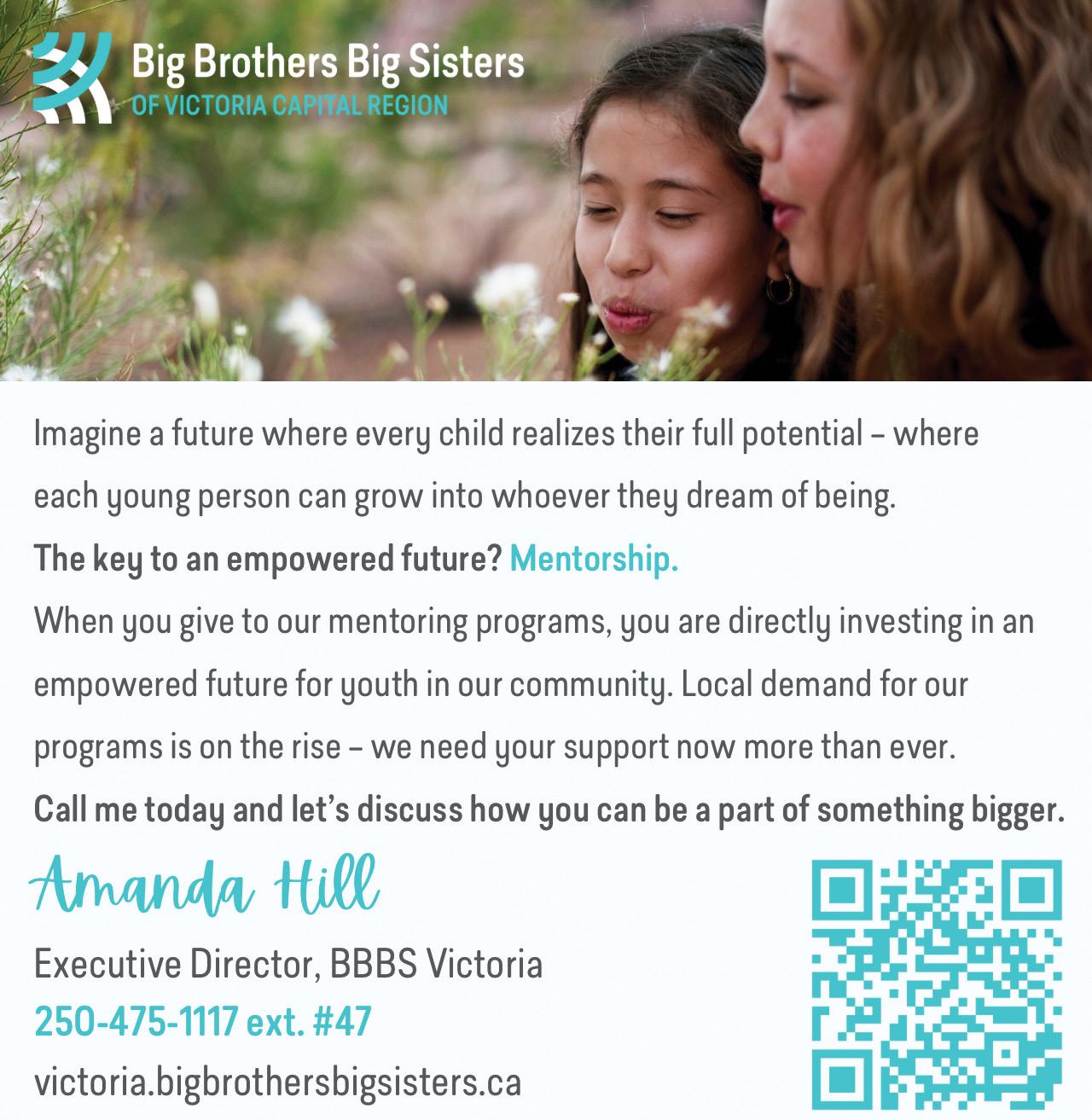
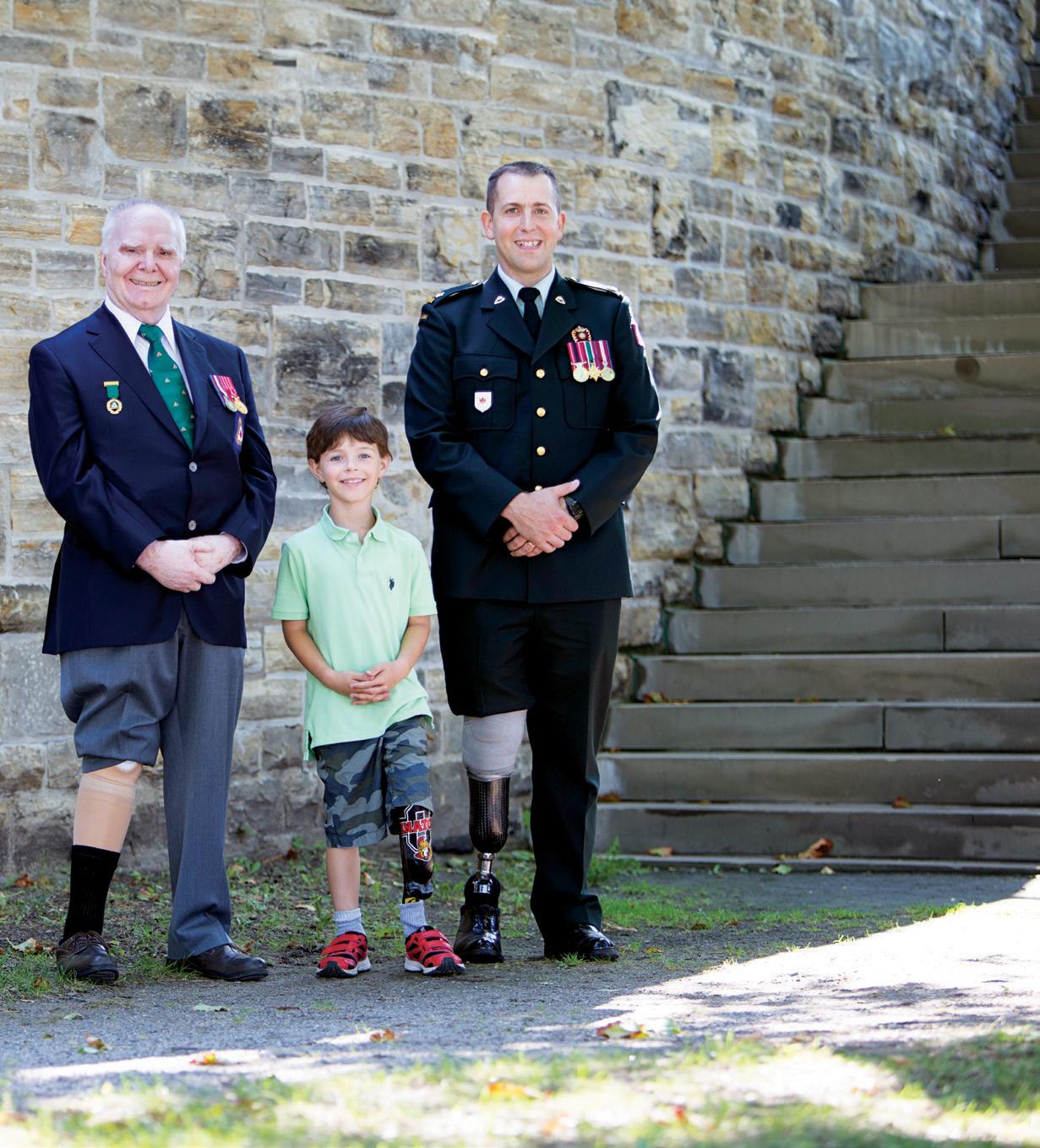
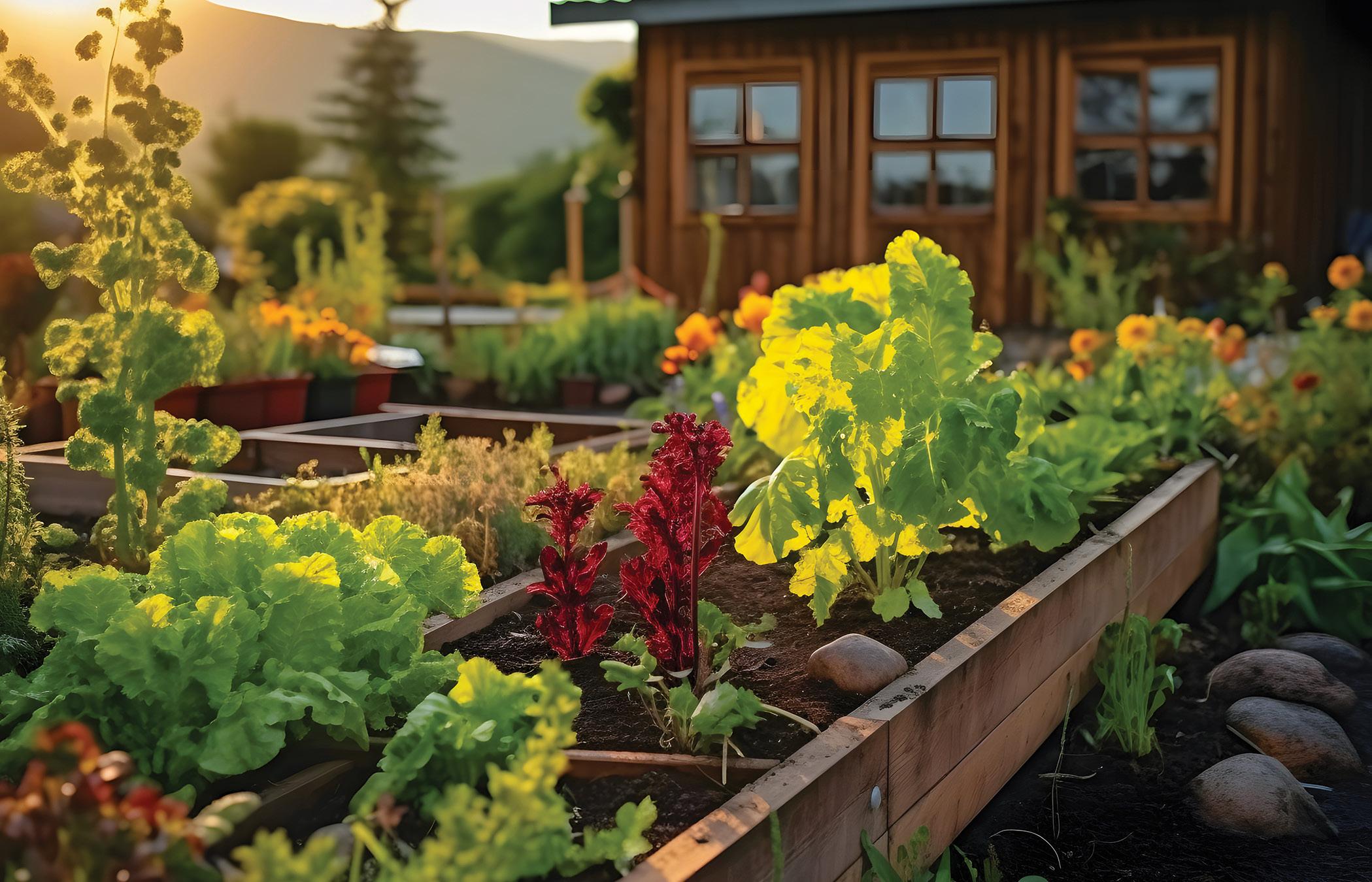
Laying groundwork for seasonal resilience Beyond the Harvest
When most people think of summer gardening, they picture baskets of tomatoes, endless zucchini, and handfuls of fresh herbs. But for experienced growers, summer is not just about reaping what’s ripe. It’s about giving back, thinking ahead, and laying the groundwork for the seasons to come. The decisions we make in July and August shape whether our gardens will nourish us through fall, winter, and even into spring.
Thinking Ahead & Giving Back
Gardening is a seasonal rhythm, but it’s also a forward-looking act. Summer is the season to ask: What will I need in the months ahead? What will help it grow moving forward? Just as we preserve summer’s harvests in jars and root cellars, we can “preserve” abundance in the soil itself. One way is to feed and protect our soil by topping it with mulch (shredded straw is a great summer option) to support microbial life in the heat. With healthy soil as our foundation, we can plant winter
vegetables and prepare the ground for fall perennial plantings.
Whether you’re working with patio containers or a full-scale foodscape, planning now sets you up for winter greens and root crops, spring blooms, and an abundant season ahead.
What to Plant Now for Fall & Winter Harvest
In the South Coastal BC region, success comes down to timing. Many crops must be seeded or transplanted between July and early September to mature before the darkest days.
Cool-season greens like kale, chard, collards, arugula, mustard, and spinach are reliable performers. Some, like kale and collards, sweeten after a frost.
Root crops like carrots, beets, radishes, turnips, and parsnips can be sown through July and early August. With a thick mulch, many can be overwintered right in the soil.
Quick growers such as radish and arugula can be succession planted into early
fall. Hardy herbs like parsley, chives, and cilantro thrive in the shoulder season.
Preparing for Fall Staples
Though garlic and broad beans are planted later (typically in October), it’s wise to think ahead. Now is the time to prepare beds or purchase seed while availability is good.
Garlic is best planted four to six weeks before the first frost (usually late October in South Coastal BC). Choose large, healthy cloves and plant in rich, loose soil. Broad beans (favas) establish in cool weather, overwinter in mild climates, and are one of spring’s earliest harvests.
The Best Time for Perennials
Perennials thrive with fall planting. Warm soil and returning rains allow roots to grow without the stress of summer heat, leading to strong spring growth.
Ideal candidates include:
• Fruit trees (apple, plum, pear)
• Berry bushes (blueberry, raspberry, seaberry)
• Culinary herbs (sage, thyme, rosemary, lavender)
• Medicinal perennials (yarrow, echinacea, lemon balm)
Fall is also ideal for planting pollinatorsupporting bulbs like camas and garlic chives.
If you come across healthy nursery
Compost now fuels soil biology. Mulch locks in moisture, reduces evaporation, and buffers temperature extremes, which is essential for overwintering crops.
Observing Layout & Light
Summer is the best time to observe your garden. Where does sunlight linger?
Planting now means colour, nourishment, and life through the darker months. It means fresh greens in February, pollinators in early spring, and a fruitful harvest all through next year. It’s a quiet, intentional act of care for what’s next.
So, while you enjoy your tomatoes and zucchini this summer, take time to plant


Volunteering as a Source of Meaning Find Your Purpose
Volunteering is a fulfilling experience that helps those in need and offers many benefits to the volunteers. By giving some time and energy, you will reap incredible rewards that can include discovering the satisfaction of doing work you were meant to do with incredible people.
Debbie Chabot has been volunteering for more than 40 years and currently sits on the board of directors for Volunteer Victoria. She also volunteers with Lifecycles where she picks fruit from farms and distributes it to food-insecure individuals around the South Island. In addition, she donates her time as an usher with the Belfry Theatre and helps out through her church in both leading and supportive roles.
“I volunteer because I have a heart for service—to give back to my community and to participate in public life,” she says.
“It’s super fun and rewarding. The very best people are volunteers, and I get to spend time with them.”
Let’s explore a few more reasons you might consider adding volunteering to your life.
A Sense of Purpose & Fulfillment
When you volunteer, you’re not just giving your time; you’re giving yourself a sense of purpose, especially if you’re volunteering with a cause close to your heart and values. It’s very rewarding to know that your actions are making a positive impact in the lives of others. This tends to result in a deep sense of belonging and meaning.
New Skills
Volunteering is an incredible opportunity to grow and learn new skills. The skills you acquire while you volunteer can prove invaluable in various aspects of your life. Trying out new
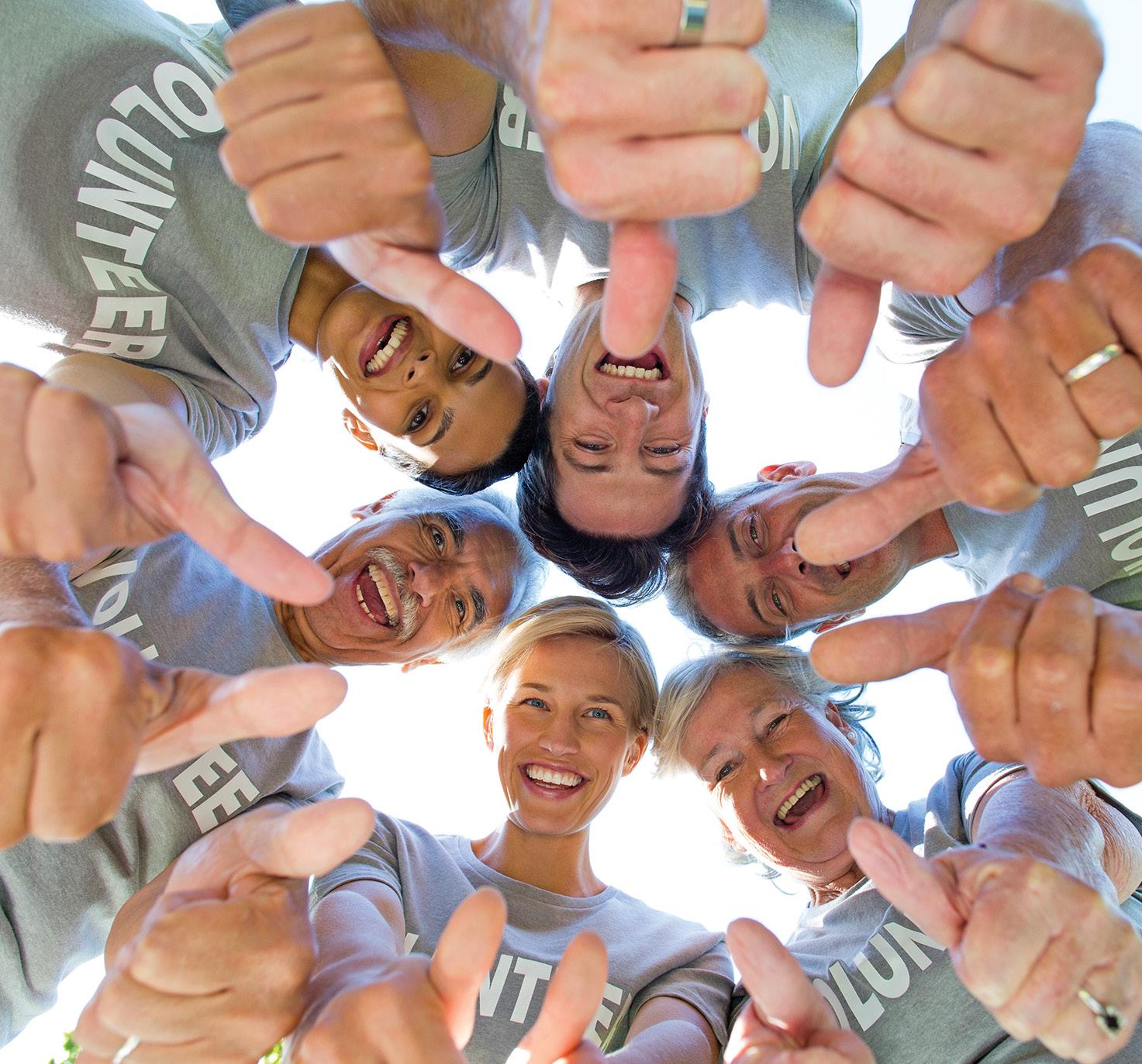
roles and tasks broadens the skills you already have; plus helps you learn many new ones. These often include organization, communications, leadership and problem-solving skills. These skills are invaluable for both personal development and potential career paths.
Social Connections
One of the best things about volunteering is that it connects you with people who share your passion for making a difference. These connections often lead to long-lasting friendships and help you to develop new network connections. You’re not just volunteering alongside others; you’re forming a close-knit community driven by a common purpose.
“I would say there is a volunteer role for every person so even if you don’t know where to start, talk to some people and let them know that you’re thinking about volunteering and what you are interested in,” says Chabot.
A Ripple Effect of Generosity
Your volunteer efforts likely have a larger impact than you might realize. Witnessing acts of kindness tend to inspire others to take action by volunteering too, creating a ripple effect of positivity and helpfulness. This sense of giving has the potential to bring about positive changes on a wider scale, transforming local communities and the world.
Mental Well-Being
Acts of kindness and service trigger the release of endorphins, those natural “feel-good” chemicals in your brain. Plus, the feeling of community increases your sense of inclusion. And over time, the habit of volunteering can take you out of your comfort zone, which also builds your confidence and lessens anxiety. Plus, being exposed to different types of communities and people from all walks of life
can help you to approach opportunities with resilience and an open mind.
Physical Health Benefits
Volunteering is not only good for your mind; it’s good for your body. Studies show that volunteers tend to have lower stress levels and a reduced risk of heart disease. Plus, many volunteer activities involve physical movement, even if it’s simply walking around or handing out food, and this helps to contribute to better overall fitness.
Community Building
When you volunteer, you’re contributing to building a stronger and better community. By investing your time and energy, you’re not only improving the lives of individuals but also enriching the collective well-being of your community.
Better Understanding & Empathy
Volunteering puts you in direct contact with people from all walks of life. This exposure to diverse cultures and different perspectives fosters understanding and empathy. It helps to debunk stereotypes and prejudices, which encourages the growth of a more inclusive and open society.
All of these benefits sound great but this might leave you wondering how volunteering can work with your schedule.
“Even if you don’t think you have enough time, there are opportunities for you that aren’t time consuming,” says Chabot.
Learn how volunteering might fit into your life at volunteervictoria.bc.ca
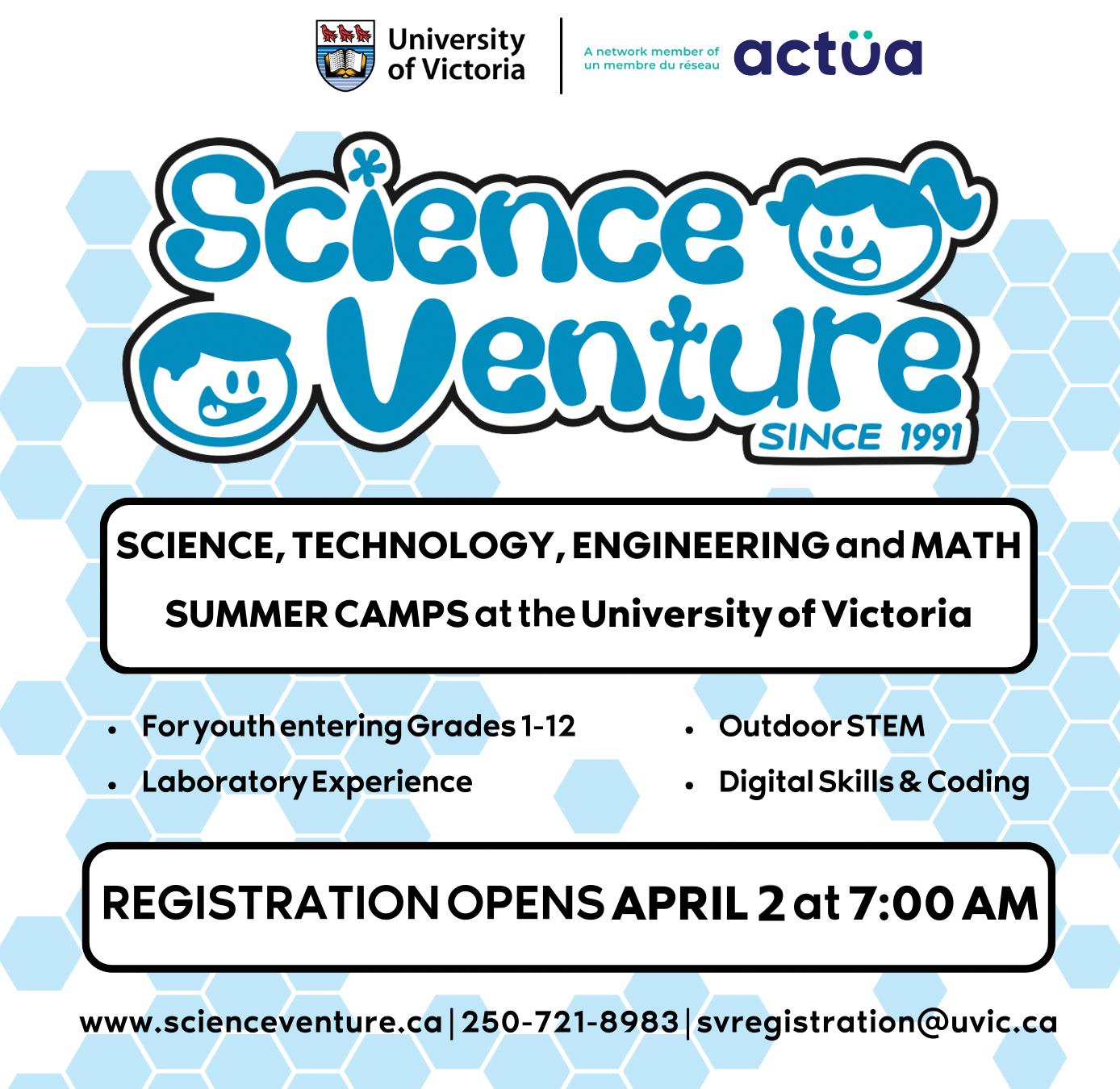
Viewmont Dental Centre

How Stillness Supports Your Body’s Deepest Healing The Power of Rest
Rest isn’t weakness. It’s not falling behind. It’s not giving up. Rest is a powerful tool for regeneration.
For most of my life, I didn’t think I needed it. I could push. I could produce. I could perform.
But under the drive was something deeper, chronic tension, shallow breath and a fatigue no sleep could fix. My body wasn’t just tired; it was trying to protect me. My nervous system was stuck in survival.
It took time to understand that healing doesn’t come from more effort, it comes from safety. And safety doesn’t come from doing more. It comes from pausing. From stillness. From allowing your system to finally come down from the edge.
Rest is where real healing begins.
Why Don’t We Rest?
In today’s culture, burnout is often mistaken for success. We’re conditioned to believe the more we achieve, the more we matter. We tie our worth to what we produce, how hard we work or how much we give. But that story feeds the ego, not the body.
True value doesn’t come from external achievement. It comes from an internal state of balance, feeling safe, present and whole. And to access that state? We need rest.
We’ve been taught rest is indulgent. But rest is intelligent. It doesn’t stop life, it sustains it.
What Happens Inside the Body
Rest isn’t just about lying down. It’s about giving the nervous system permission to shift. When we stay in high-alert mode, what’s known as “sympathetic activation,” our bodies prioritize survival. That means more tension, more inflammation, disrupted sleep, poor digestion and slow healing.
But when we downregulate through conscious rest, breath or stillness, the parasym-

pathetic nervous system can finally turn on. This is where the magic happens:
• Inflammation decreases
• Muscles soften
• Blood pressure lowers
• Hormones stabilize
• Digestion improves
• Emotional processing becomes possible
This is what allows the body to repair, restore and rebuild from within.
The Power of Stillness
Stillness isn’t about doing nothing. It’s about doing the thing we skip the most, listening.
There’s a quiet strength in moments where you stop forcing, fixing or rushing. When you sit with a cup of tea and don’t multitask. When you lie on the floor and breathe. When you give yourself five minutes of nothing after holding everything together all day.
Stillness makes room for truth. It allows your nervous system to exhale and it invites the body into its natural rhythm, not the one imposed by urgency.
There’s a reason some cultures design their days around slow transitions, quiet meals and intentional pauses. The purpose isn’t productivity, it’s presence. Presence brings peace and peace heals.
Are We Even Breathing?
Most of us don’t breathe well. We hold tension in our chest, we clench our jaw, we forget to exhale.
Breath is the most direct way to influence the nervous system. And it’s available to us anytime, anywhere. When you slow your breath, you shift your state. When you train your breath, you train your body to feel safe and safety is what allows all healing to begin.
Breathwork isn’t just a tool, it’s a language.
It teaches your body: “You’re safe now.”
It tells your mind: “We don’t have to be on guard.”
It gives you access to calm, clarity and control, without force.
A Body of Systems, Not Just Parts
Your body isn’t built in isolation, and it doesn’t heal that way either. While we’re often taught to train individual muscles, the truth is, no system works alone.
You have 11 major body systems (12 if you separate reproductive systems). Your breath affects your heart. Your thoughts affect your digestion. Your stress affects your muscles.
Healing happens through integration, not isolation. And rest is what allows these systems to reconnect. Not just physically,
but mentally, emotionally, energetically and somatically.
A Look at Your Day
Let’s be honest: most days aren’t built for rest. There’s no space in our schedules for full-body exhale. No breath. No pause. No moment to land. And yet we wonder why we’re inflamed, wired and worn out.
Rest isn’t a luxury. It’s what keeps the body from breaking down.
Start Small
Rest doesn’t have to be a big event. It can begin with:
• Drinking your tea or coffee without distraction
• Taking three intentional breaths before the next task
• Writing down what rest could look like for you
• Lying down midday and letting your body soften
Ask Yourself:
What kind of life becomes possible when I rest?
Because the goal isn’t to escape life. It’s to feel safe enough to live it fully without always being on edge.
Coach Rae
is the founder of Groundwork Collective™, a nervous-system-rooted coaching system that blends movement, nourishment, and lifestyle into one grounded ecosystem of care. With over 15 years of experience, she helps people return to their body, breath and strength through rest, not force.

Sip, Savour, Support.
A Guide to Vancouver Island Coffee Culture
Vancouver Island isn’t just known for its beautiful scenery and rugged coastlines, it’s also full of cozy, creative cafés that take coffee seriously. These are the kinds of places where you’ll find ethically sourced beans, warm community vibes and baristas who genuinely care. Choosing a local shop means getting better coffee and supporting real people who are pouring heart and soul into every cup.
Here are some of the amazing, locally owned coffee shops across Vancouver Island, complete with what makes them stand out.
Hey Happy Coffee
560 Johnson St, Victoria, heyhappycoffee.com
This downtown gem is bright, energetic and full of life, drawing in creatives and coffee purists alike. Their coffee program features world-renowned roasters and meticulous brewing methods that make every drink shine.
2% Jazz Coffee
740 Hillside Ave, Victoria, 2percentjazz.com
Voted Victoria’s best coffee shop and known for its industrial-cool feel and mellow jazz soundtrack, this shop roasts its own beans with a strong focus on transparency. Their coffee blends offer bold flavour and ethical sourcing from small farms.
Caffe Fantastico
965 Kings Rd, Victoria, caffefantastico.com
The open-roastery layout and warm ambiance make this café a long-time local favourite. They roast their beans in-house and prioritize sustainability and directtrade relationships with producers.
Roundhouse Café
935 Cloverdale Ave, Saanich, roundhousecafe.ca
This welcoming café overlooks Rutledge Park and has a cozy, neighbourhood vibe with a great little patio. They serve locally air-roasted organic beans and have won multiple Top Choice Awards for their quality and community focus.
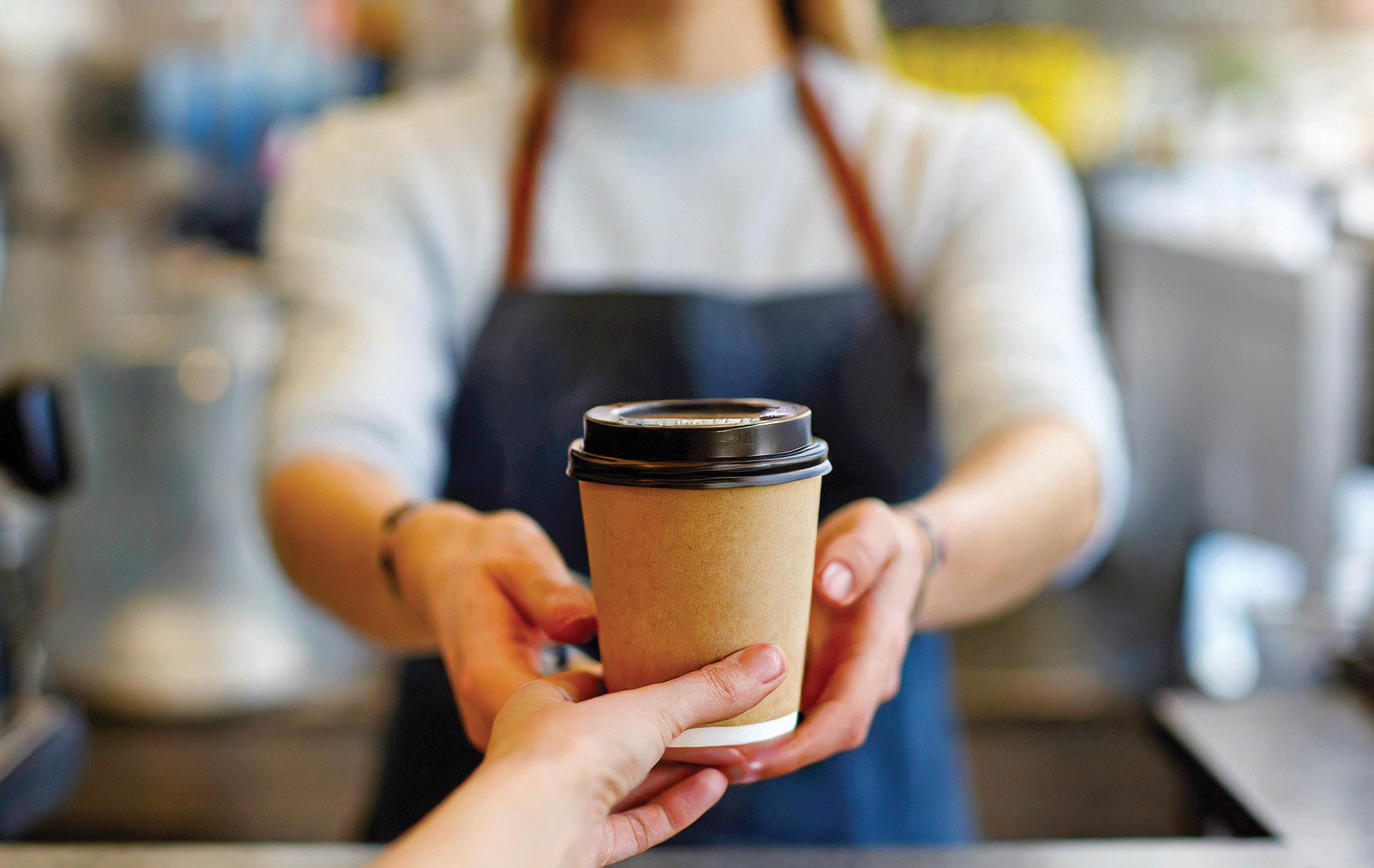
Drumroaster Coffee
1400 Cowichan Bay Rd, Cobble Hill, drumroaster.com
Modern and tranquil, Drumroaster is both a café and a respected roastery. They source direct-trade beans and roast on-site, offering carefully profiled coffees with exceptional clarity.
Shirley Delicious Café
2794 Sheringham Point Rd, Shirley, shirleydelicious.ca

ing beans from direct-trade farms and are known for their excellent light roasts.
Tofino Coffee Roasting Company
605 Gibson St, Tofino, tofinocoffeeroasting.com
Nestled in the forest just west of Sooke and known far and wide for their awesome baked goods, this eclectic spot is as charming as it is delicious. Their coffee is supplied by Drumroaster, ensuring quality beans and great taste in every cup.
Black & White Coffee House
163 Kenneth St, Duncan, blackandwhitecoffeeroasters.com
This artistic café is inviting and cozy, with friendly staff and great local art. They use Drumroaster beans and are known for their precise espresso and beautiful latte art.
White Rabbit Coffee Co.
321 Selby St, Nanaimo, whiterabbitcoffeeco.com
This bright and welcoming café is a community hub known for its expertly crafted coffee and their house-made vegan, glutenfree treats are a favourite with everyone, no matter what their dietary needs. With a cozy atmosphere and rotating art displays, it’s a wonderful spot to catch up with friends.
French Press Coffee Roasters
692 Primrose St, Qualicum Beach & 425 Stanford Ave E, Unit 102, Parksville, fpcoffeeroasters.com
Featuring locations in both Qualicum Beach and Parksville, you’ll find airy and modern spots that are the perfect place to relax. They roast in small batches us-
A popular café and roastery in the heart of Tofino, they roast high-quality specialty coffee with a focus on ethical sourcing and enduring supplier partnerships. The warm, inviting space reflects their commitment to excellence at every stage of the coffee process.
Mudsharks Coffee Bar
154 5th St, Courtenay, mudsharkscoffee.com
Lively and eclectic, this community favourite uses beans from local Creekmore Coffee. The drinks are strong yet smooth, and the friendly service keeps regulars coming back. Don’t leave without checking out their huge selection of coffee and accessories, along with other local goods.
The Mill Coffee
1761 Comox Ave, Comox, themillcollectivecomox.com
Known to be a creative hub and meetup spot for the community, this café’s vibe is beachy and relaxed, with big windows and a great patio. They brew Fernwood Coffee and are known for well-crafted espresso and consistently good milk texture.
FoggDukkers Coffee & Roasting
907 S Island Hwy, Campbell River, foggdukkers.com
This may be a rustic, oceanfront bait shop turned take-out kiosk, but their unique, tasty, certified organic and fair-trade coffee
is roasted in-house daily, and their blends are aged in vintage whiskey barrels. Enjoy your brew in a cozy setting on the beach or go for a stroll along the water.
Café Guido & Company
7135 Market St, Port Hardy, cafeguido.com
This welcoming café in downtown Port Hardy offers artisan espresso, fresh baking and a variety of lunch options. Beyond coffee, it houses a bookstore, local artisan market and boutique clothing shop, making it a community hub.
Foggy Mountain Coffee Co.
1001-D Marine Dr, Port Alice, foggymountaincoffeecompany.ca
Nestled along the scenic waterfront of Port Alice, this cozy café also offers a variety of local teas, alternative milk options and delicious local baked goods. The friendly staff and inviting atmosphere make it a great place to spend a morning.
From Victoria to Port Hardy, these locally owned cafés aren’t just about coffee, they’re about connection, craft and community. So, grab a cup, take a seat and savour yet another thing that makes Vancouver Island so special.
Erika Palmer
is a writer living in Victoria with her husband and daughter. She believes most problems can be solved with a cappuccino and a huge piece of chocolate.

Simple Steps to Tackle a Tough Task Estate Clearing Made Manageable
Clearing out an estate can feel overwhelming—especially when you’re navigating it during a time of grief.
Whether you’re managing a loved one’s property or assisting someone else, the process is often emotionally and physically taxing. As seasoned professionals in estate clearing, we’ve gathered a few practical steps and insights that can help you approach the task with care, efficiency and respect.
Start with the Basics
Begin by removing perishable items from the fridge, freezer and pantry. Check the local garbage and recycling schedule to make use of free municipal pickups. If there are any pets or houseplants that require care, be sure to rehome or tend to them promptly.
Acknowledge the Emotional Weight
Before diving deeper, it’s important to recognize two truths. First, grief is real and it’s exhausting. Be kind to yourself if you’re feeling overwhelmed or emotionally drained. Second, the home is
usually the estate’s most valuable asset, which makes its preparation for sale a financial priority. Understanding these truths can help ground your decisions as you move forward.
Assess & Plan
Next, take stock of the contents of the property. Walk through each room and get a general sense of what needs to be dealt with. Are the furnishings and household items in good shape? Is there a significant volume of items? From here, you can determine the best method for clearing the space.
In our experience, about 80 percent of estates can be cleared most economically through an online auction, often with the help of platforms like MaxSold. MaxSold operates similarly to a traditional consignment or auction house, but with lower fees and the convenience of not having to transport items off-site.
How Online Auctions Work
To prepare for an online auction, you’ll need to group related items into “lots.” For example, a laundry basket, ironing board,
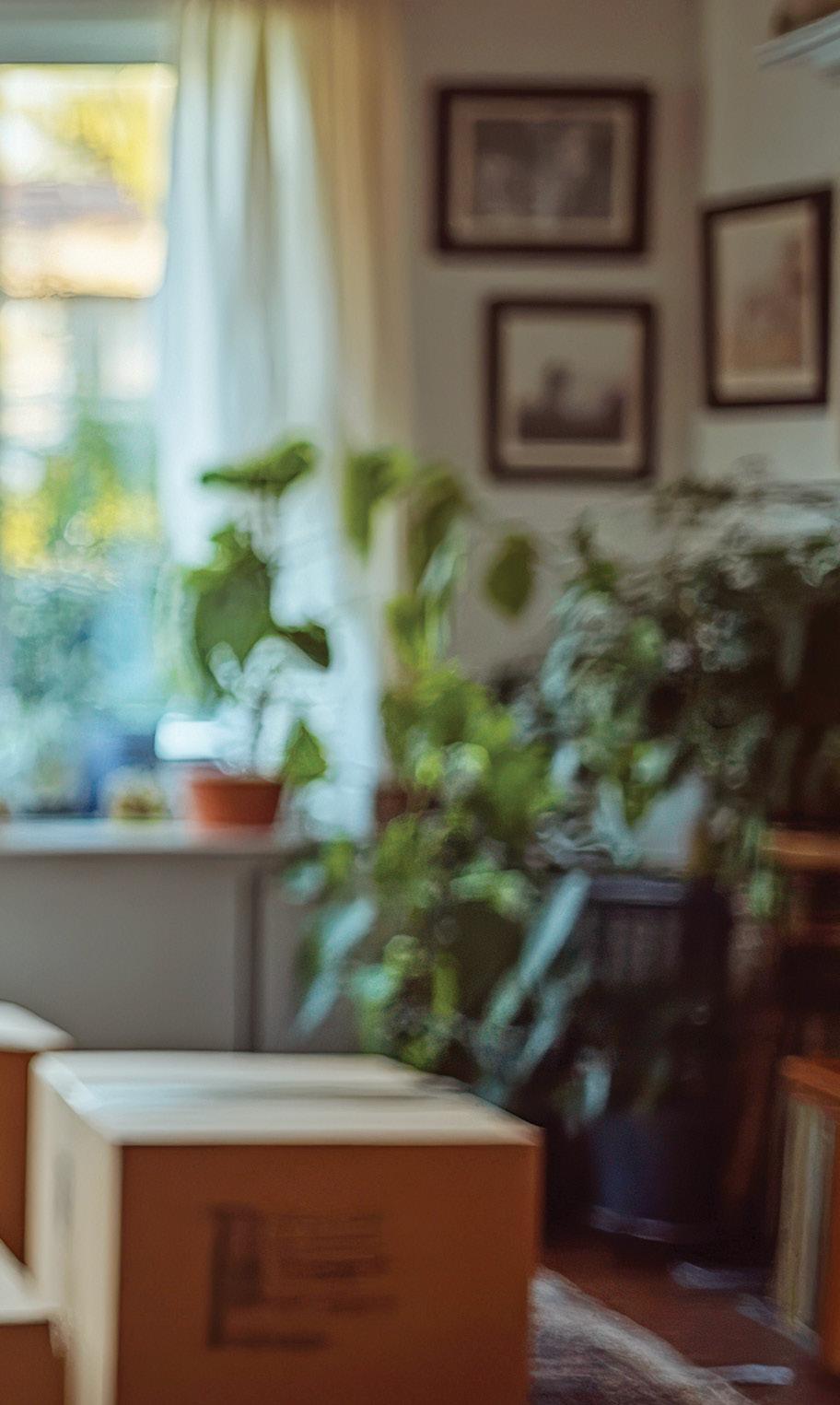
iron and cleaning products might form one lot. You can sell almost anything: dishes, bedding, jewelry, clothing, even garden tools.
Items are catalogued, numbered and photographed using MaxSold’s app. It’s a manageable learning curve, and the platform is open to anyone willing to give it a try.
Online auctions aren’t ideal for every situation, but they offer several distinct benefits:
• Reduced costs: There’s no need for expensive movers or storage.
• Simplicity: Items are sold in place, eliminating the need to find individual buyers or donation centres.
• Sustainable rehoming: Many items find new homes rather than ending up in landfills.
• Potential profit: Higher-value items can attract attention and raise overall bidding.
One of our favourite parts of this process is auction pick-up day—when excited buyers arrive to collect the items they’ve won and paid for.
Is an Online Auction Right for You?
Ask yourself the following:
1. Is the home filled with useful items or antiques?
2. Are there several large furniture pieces that need rehoming?
3. Do you have time to prepare for and run a seven-to-10-day auction?
4. Are there any Home Owners Association or strata regulations that would prevent public access to the home?
5. Are you comfortable with people entering the property?
If the answer is “yes” to most of these, an online auction could be a great fit.
Alternative Options
If an online auction isn’t suitable, there are other avenues:
• Habitat for Humanity accepts furniture, tools and household goods. While they can’t take everything, they sometimes offer free pickup and tax receipts.
• Consignment stores and furniture resellers can be helpful, though selective.
• Online marketplaces like VarageSale, Facebook Marketplace or local buy-and-sell groups allow you to directly connect with buyers in your area.
When selling individual items, keep in mind that perceived value and market value are often different. Just because something was once appraised at a high price or listed for a certain amount online doesn’t mean it will fetch that amount today. Real value is determined by current demand, not past estimates.
The True Goal
Ultimately, the real success lies in two outcomes: responsibly rehoming items to keep them out of the landfill and preparing the property for sale. If you can achieve these while preserving your peace of mind, you’ve done exceptionally well.
Clearing an estate is never easy, but with the right tools, support and mindset, it can become a process of closure and even a quiet celebration of someone’s life and belongings finding new purpose.
The Happy Nest
takes care of the logistics of downsizing or clearing an estate so their clients can focus on what matters most. Whether you need full-service support or just a bit of guidance, they’re here to help make the process as smooth and respectful as possible.
• All Chardonnays are big and oaky. Yes, there was a trend for overly oaked Chardonnay coming from California and it has sadly given Chardonnay a bad name. Chablis, cooler climate and unoaked Chardonnay are all great wines to try if you think you dislike Chardonnay.
• Rosé can only be enjoyed in the summer. Of course you can enjoy rosé on the patio, but I challenge you to enjoy it all year round.
Q: Does the kind of glass you drink out of REALLY matter?
A: Glassware does make a difference in your wine experience, but I would say for your everyday drinking pleasure any wine glass will do. To elevate your wine experience, the shape can enhance the aromatics of certain varietals in different ways and the thickness of the glass (ideally crystal) also impacts the experience.
Q: What would you most like people to know about storing wine?
A: The two big rules of storing wine would be consistent (cool) temperatures and minimal movement (vibrations). Whether you store your wine in a custom cellar or a cardboard wine box does not matter, but if you are storing your wine in the warmest closet in your house or (gasp!) above your fridge, you are not helping the wine.
Q: What is your top pairing of food and wine and why?
A: Chablis and oysters have to be my favourite pairing. Traditional yes, but from personal experience one of my favourite treats that never disappoints.
Q: What do you love about your job?
A: What I love most about my job is sharing stories and knowledge. This could be the history of a wine region, a brand started on a legacy or the family who generation after generation have worked the same vineyards producing wine. Meeting these people or visiting these vineyards is equally special and motivates me to share their stories to my clients and their consumers.
Q: What aspect is most challenging about your line of work?
A: As much as wine is sophisticated, special and unique there is also very much a business behind it. In sales, that is making your product stand out from others, in restaurants that is finding the best wine while making margins. Sommeliers must find the balance between what they know and love, and making it work within the requirements of the business they work for.
Kris’ Top 5 Wines
1. Champagne (specifically Bollinger Special Cuvee Champagne)
2. Chablis
3. Cru Beaujolais
4. Cabernet Franc from Argentina
5. Barolo made from the Nebbiolo grape in Piedmont, Italy
Kris de Ruiter
is a born and raised West Coaster who enjoys good wine and the outdoors. In fact, her ideal wine experience is a great bottle of Champagne around a glowing campfire.

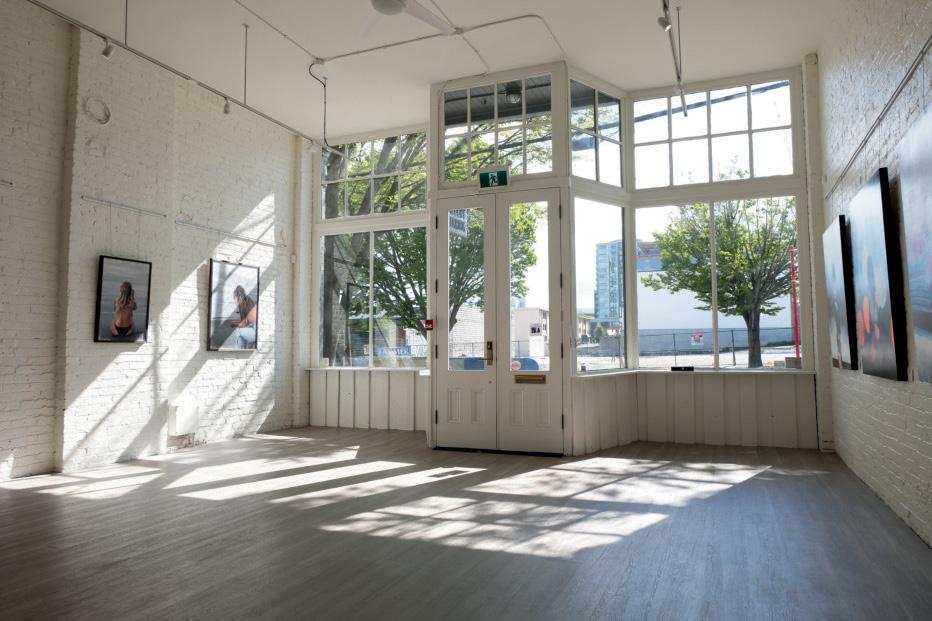
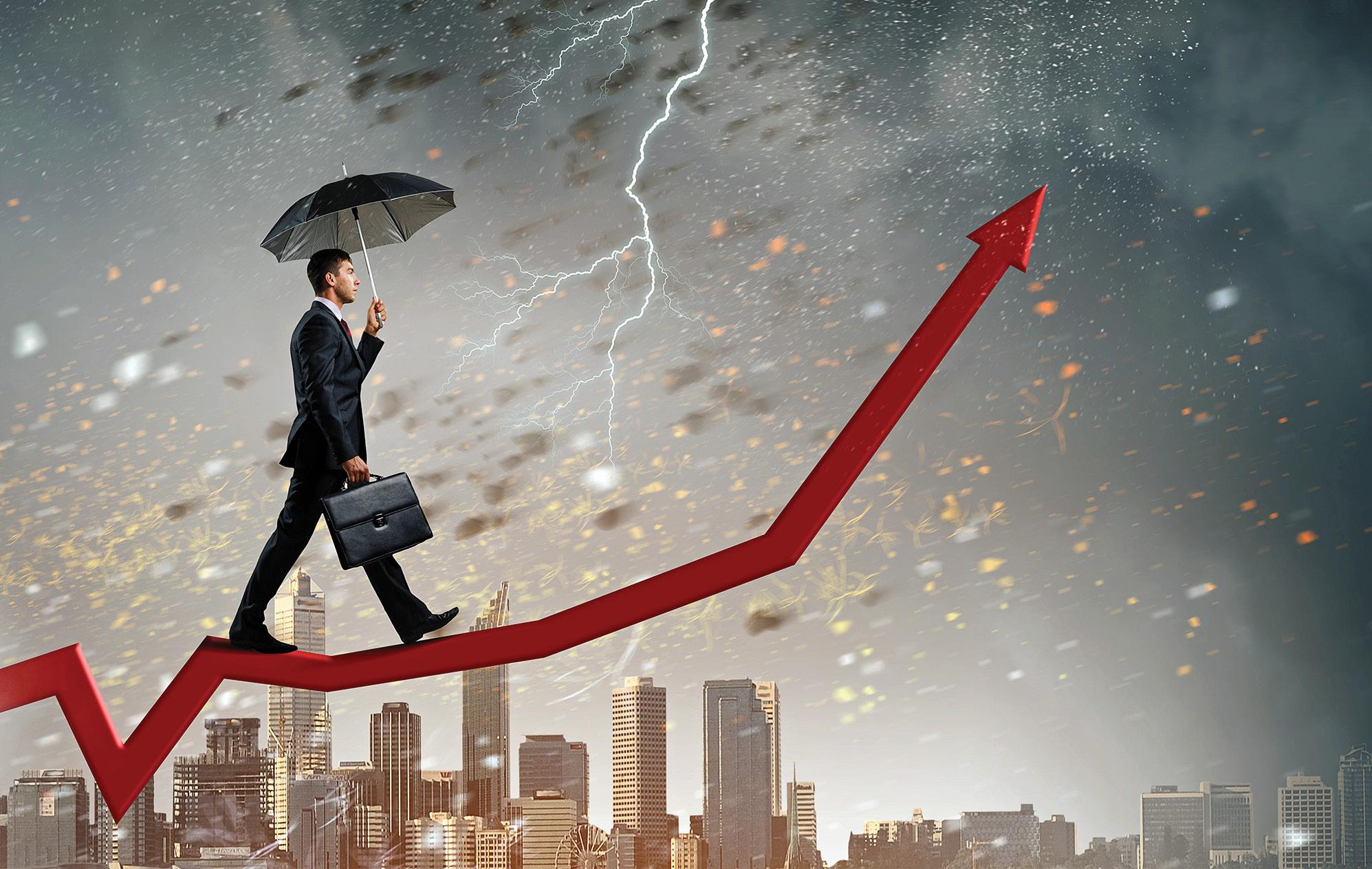
Many investors find themselves overwhelmed by the complexities of managing a do-it-yourself portfolio. Whether due to time constraints or a lack of interest, many individuals seek the guidance of skilled financial advisors. These professionals can be invaluable resources, helping investors make informed decisions and navigate the intricate landscape of investing. However, not all financial advisors are created equal. Therefore, it is crucial to conduct thorough research to find one that aligns with your unique risk tolerance and long-term financial goals.
Understanding Risk Assessment & Management
One of the core tenets of successful investing is risk assessment and management, especially in volatile markets. Understanding how an advisor approaches risk is vital for building a portfolio that reflects your investment philosophy. The first step in this process is to grasp your advisor’s overarching strategy. Clarifying this strategy will help you determine if their investment philosophy aligns with your own.
It is also essential to inquire about the tools and frameworks your advisor uses to measure risk. A well-rounded understanding of how your advisor evaluates and manages risk can provide
Navigating
the Financial Storm
you with greater confidence in their ability to protect your investments.
Alongside understanding your advisor’s risk management strategies, it is equally important to be honest with yourself about your own capacity for risk.
“People often overestimate their ability to tolerate risk,” says Kevin Burkett, portfolio manager at Victoria-based Burkett Asset Management Limited. “It’s important to distinguish between your capacity to take risks and your willingness to tolerate them.”
He emphasizes the need to avoid letting ego and pride cloud your judgment when it comes to investment decisions. Recognizing your own risk tolerance is essential for establishing a portfolio that suits your comfort level and financial objectives.
The Importance of Asset Allocation
Appropriate asset allocation is vital for successfully navigating market fluctuations. A well-diversified portfolio can help mitigate risks associated with market volatility. It is beneficial to discuss with your advisor their preferred strategy regarding the mix of stocks, bonds, private equity and other assets.
Investors should regularly reassess their portfo-
lios to ensure they remain well-diversified across various asset classes, sectors and geographic regions. This diversification can provide a buffer when specific industries or markets experience downturns due to economic shifts, geopolitical tensions or other unexpected events. For instance, including international stocks and bonds can offer exposure to markets that may be less impacted by domestic trade tensions or tariffs.
An essential aspect of discussing diversification with your advisor is understanding how they are spreading your investments to cushion against volatility. Diversification should encompass not only a mix of asset classes but also a variety of sectors and geographic regions. The more diversified your portfolio, the better positioned you are to weather market storms.
Given the volatility in stock markets, bonds can serve as a crucial stabilizing force within an investment portfolio. It’s important to have an open dialogue with your advisor about how bonds fit into your overall strategy, especially in the context of recent economic changes.
Are they emphasizing high-quality government bonds, or are corporate bonds a significant component of their strategy? Understanding the balance between these options can reveal whether your advisor is skilled at managing both return generation and risk mitigation.
Burkett cautions against anyone promising outsized returns or advocating new investment philosophies without a solid foundation.
“I prefer traditional market principles—those that have proven reliable over time,” he explains.
He advocates for the classic 60:40 portfolio split, balancing 60 percent equities with 40 percent bonds.
“The 60:40 principle is not dead; it will never be dead,” Burkett asserts. “Bonds may be the dull part of a portfolio, but they are crucial because they provide yield and help offset periods of equity volatility.”
He emphasizes that there is no secret sauce in investing; no one gets rich based on hot stock tips alone.
Accounting for External Factors
Economic, political and global health developments can have a significant impact on financial markets. It’s vital to ask your advisor how they
While many investors hold strong opinions about the current political and economic landscape, Burkett underscores the importance of remaining unbiased in investing.
“People often lose sight of the bigger picture due to the news,” he warns.
“Biases can influence decision-making, and you don’t want your personal views—whether positive or negative—to cloud your judgment.”
Maintaining an objective perspective is essential for making sound investment decisions and navigating the complexities of the financial landscape.
Building a Trusting Relationship with Your Advisor
The dynamic nature of financial markets requires a thoughtful and adaptable approach from any advisor. Regularly engaging with your financial advisor through targeted questions not only strengthens your investment strategy but
Schedule regular meetings to discuss your portfolio’s performance, any changes in your financial goals and the impact of market conditions on your investments. This ongoing dialogue will ensure that your investment strategy remains aligned with your evolving needs and objectives. Finding the right financial advisor can significantly enhance your investment experience and outcomes. By understanding their approach to risk management, assessing your own capacity for risk and maintaining an open dialogue about asset allocation and diversification strategies, you can build a strong foundation for your financial future.
With the support of a skilled financial advisor, you can work towards achieving your long-term financial aspirations while managing the inherent risks of the market.
Garth Eichel
is a Victoria-based writer, photographer and editor. He captures life’s moments through his lens and words, blending creativity and precision to tell compelling stories.
Plan boldly. Pause beautifully.
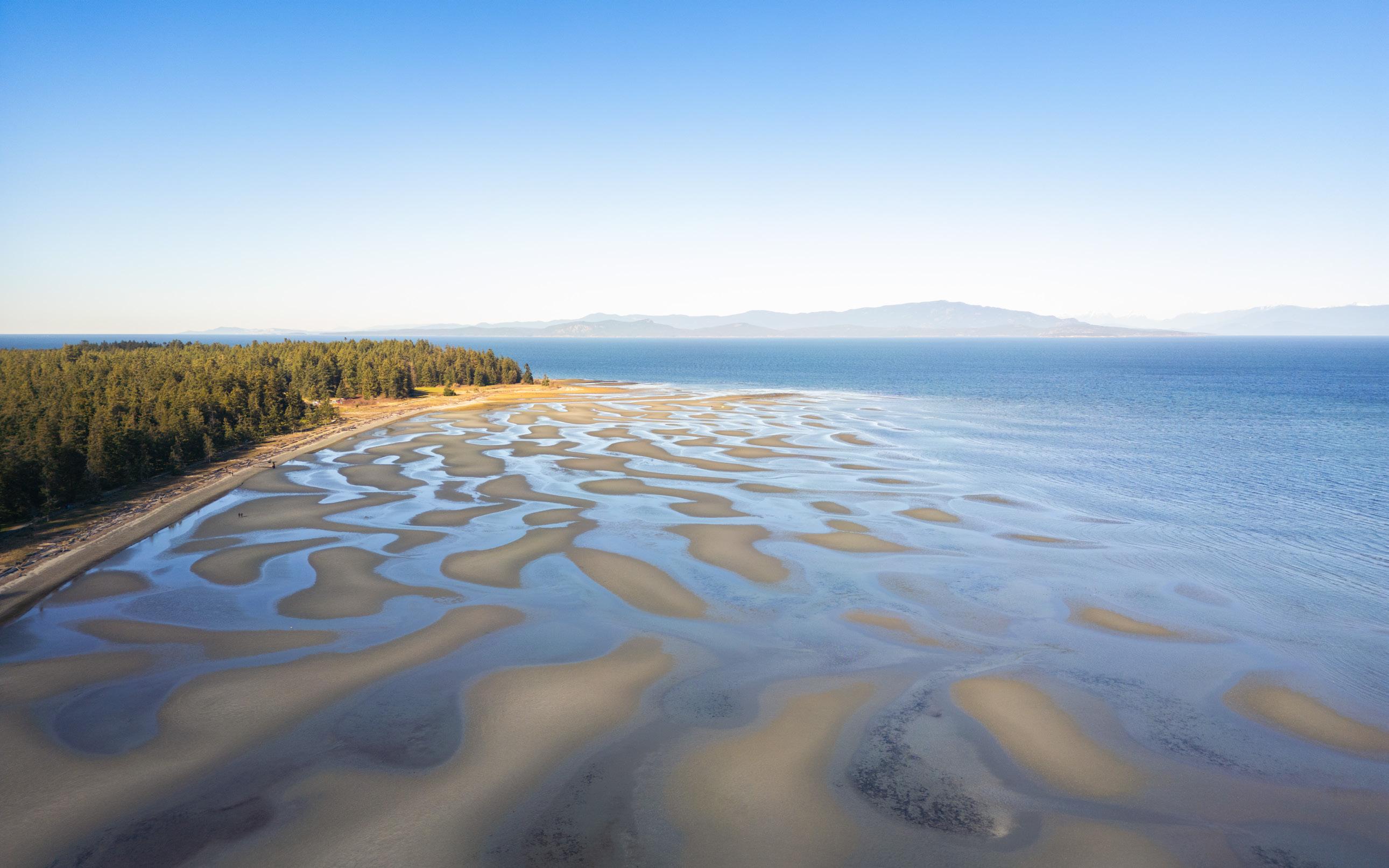
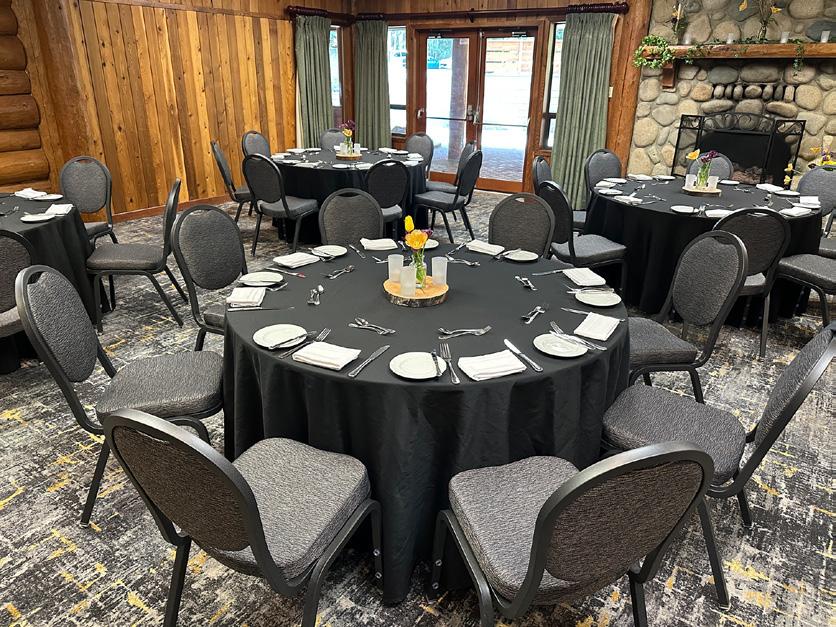
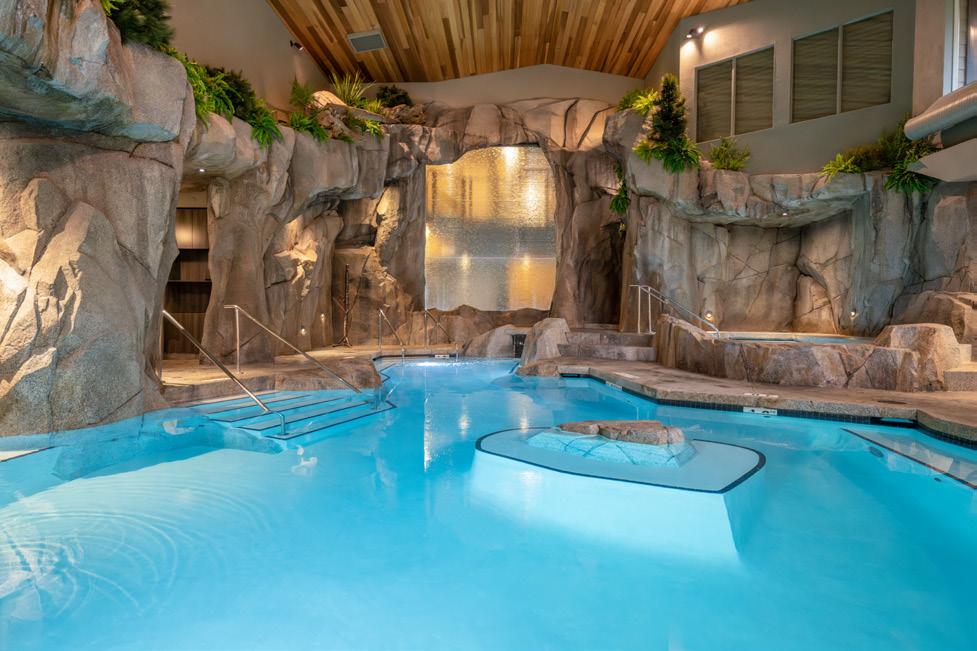
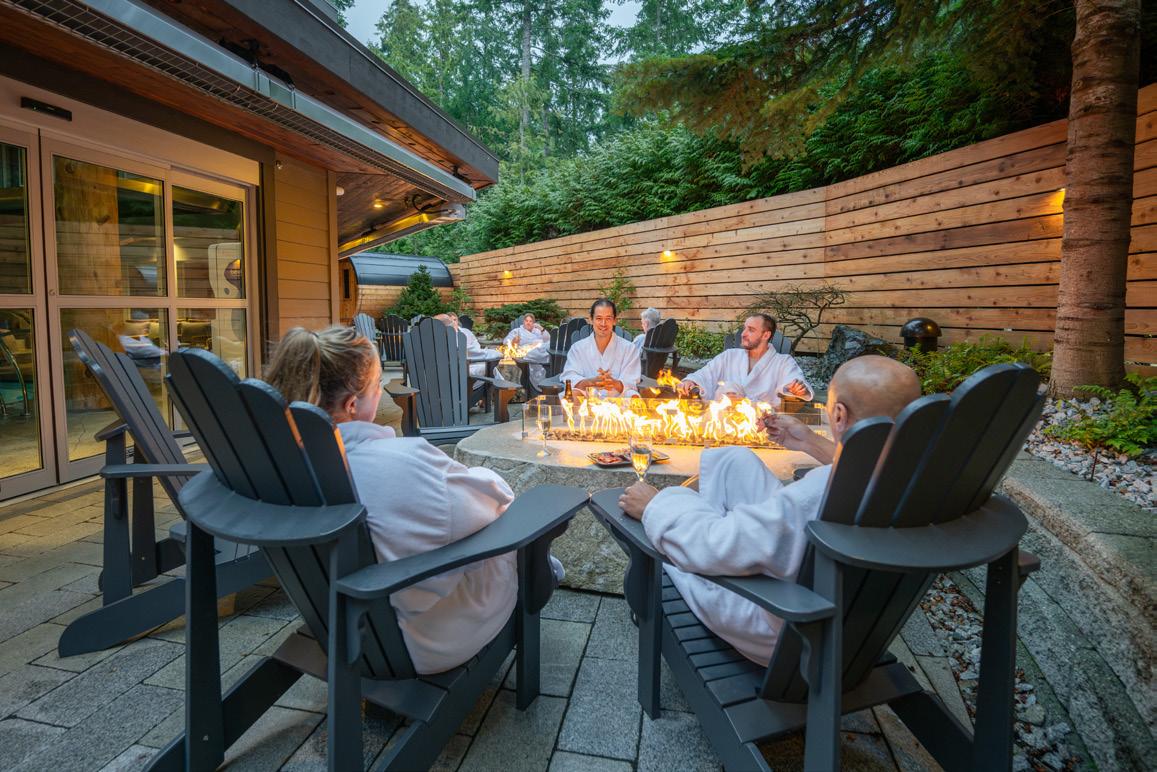
Dynamic & Rewarding
Just as skiing in moguls demands skillful adaptation to changing terrain, paddling in waves requires reading the water, adjusting strokes and harnessing the energy of moving swells. The interplay between paddler and water transforms each outing into an exciting, ever-changing challenge. With experience, catching and linking waves becomes second nature, creating an unmatched sense of flow and exhilaration.
Nature’s Zen Zone
There’s something undeniably soothing about being on the water. Science backs this up—spending time near water reduces stress and improves overall well-being. The sport’s ability to put you in a state of flow, where you’re fully immersed in the moment, makes it as much a meditation as it is a workout.
Safety & Accessibility
With the right equipment and proper technique, surfskis can be among the safest watercrafts. Unlike sea kayaks, a surfski is self-bailing, meaning water drains out automatically. Remounting is much easier than performing a self-rescue in a sea kayak, though it does
can be found exploring the coastlines of Vancouver Island. adjustments needed to balance on water further enhance muscle activation and coordination.
require practice. Another key consideration, especially in our yearround cold waters, is to dress for immersion.
A Global Community
One of the best things about surfski paddling is its community. From local paddling clubs to international races in stunning locations like Hawaii, Spain, South Africa and Australia, the sport connects people from all walks of life. Paddlers are known for their camaraderie, always eager to share tips, help beginners and swap stories of epic downwind runs.
Why You Should Try It
Surfski paddling is more than just a sport—it’s a lifestyle. It’s about pushing your limits, finding your rhythm and embracing the elements. Whether you’re looking for a new challenge, a way to stay fit or simply a reason to spend more time on the water, surfski paddling delivers. So, the next time you find yourself near the ocean, a river or a lake, consider hopping in a surfski. You might just find your new favourite obsession.
Ready to paddle? The water is calling.
Greg Miller
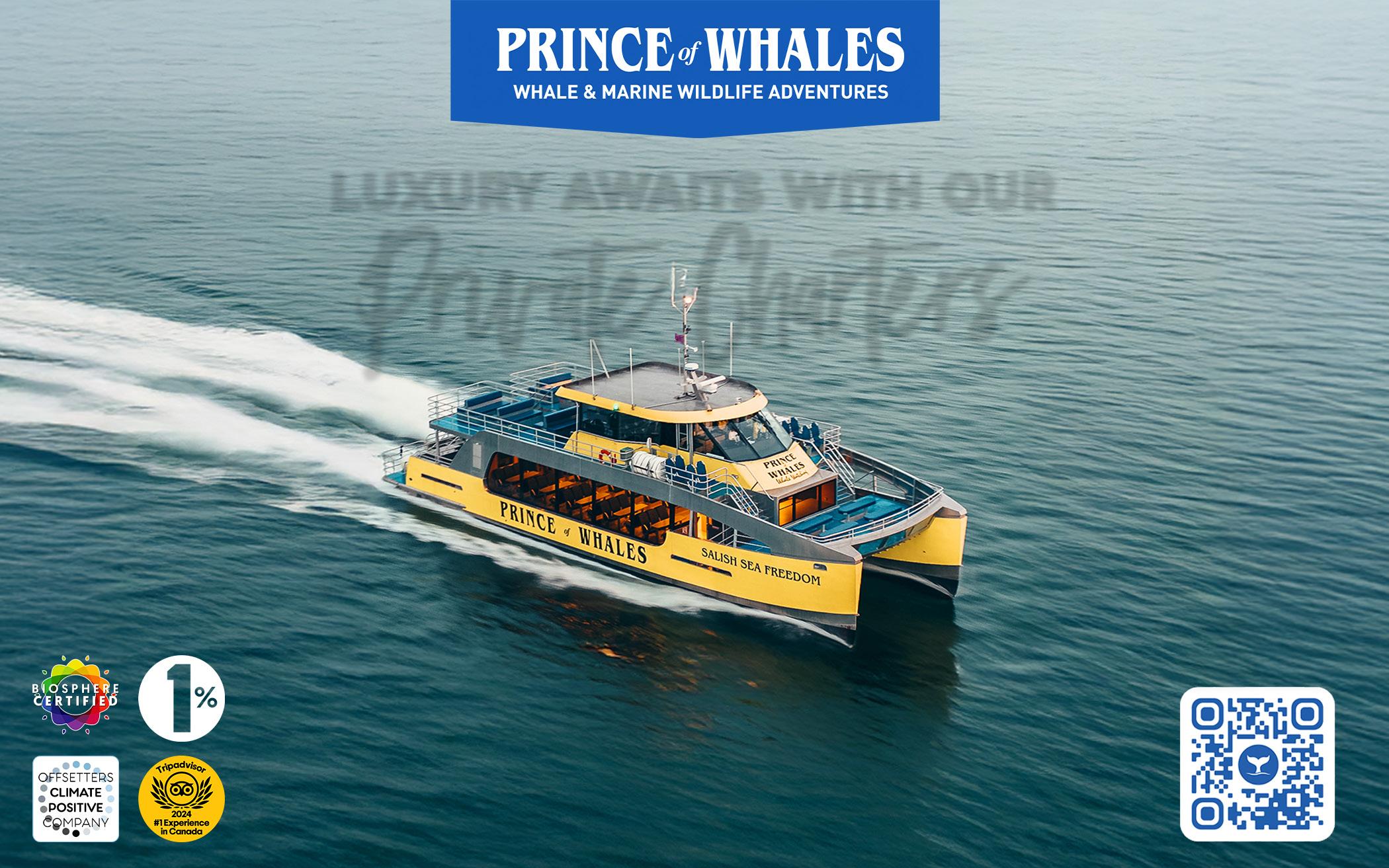


Make Your Meal Meaningful Dine Indigenous
Indigenous restaurants in BC offer a simple invitation: share gratitude for the land and each other by sharing a meal.
Gathering is a gift, and we welcome all to learn more about Indigenous Peoples and Cultures as you eat, drink and be merry.
With an emphasis on local, Indigenous and sustainable delights, Indigenous dining sets the table for learning through your senses. Hear stories from your hosts and discover the flavours and techniques of modern Indigenous chefs and foodies at Indigenous restaurants, cafés, wineries and food trucks.
Dine in or take out, order online for pick-up or delivery. Enjoy Indigenous cuisine as part of your adventure and support Indigenous restaurateurs, families and communities.
Support Indigenous restaurants with dining that uplifts locally sourced, high-quality ingredients and Indigenous culinary traditions.
Nax’id Pub, Port Hardy
Nax’id’ Pub serves dishes prepared from fresh ingredients daily, and every meal provides you with a uniquely flavoured experience. All menu items that require being smoked, are smoked to perfection in their custom-built smoke house, located right beside the Kwa’lilas Hotel.
Kwa’lilas Cafe, Port Hardy
Enjoy fresh poured coffee, espresso beverages, delightful pastries and drink specials at the Kwa’lilas Cafe, located inside the Kwa’lilas Hotel.
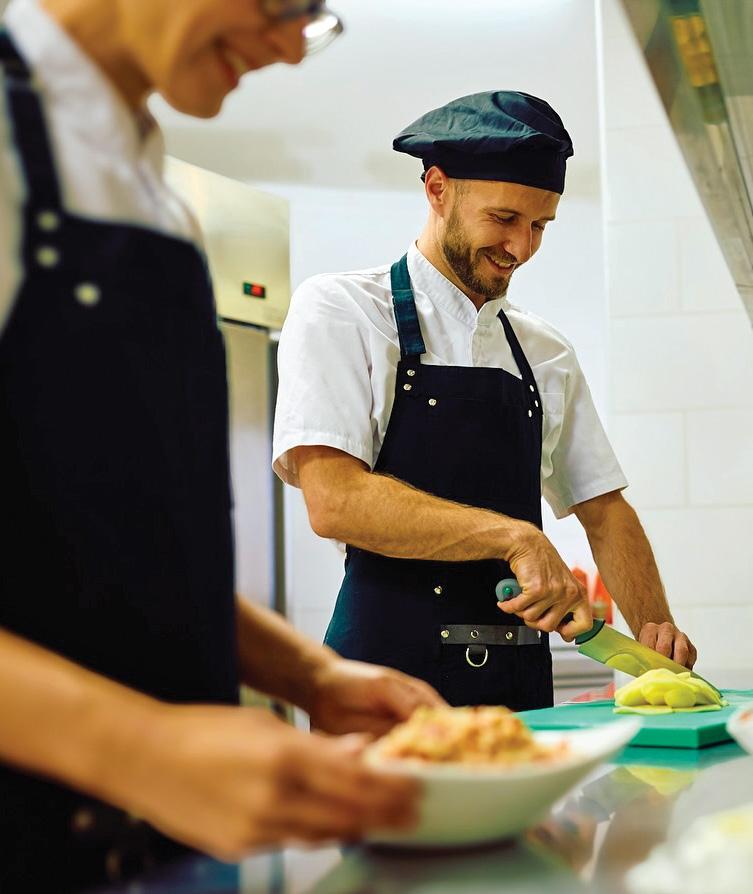
Songhees Food Truck, Victoria
Permanently located at 1502 Admirals Road, Songhees Food Truck offers traditional Indigenous cuisine with a modern twist on Songhees cultural tradition. Critically acclaimed Victoria local, Chef David Roger, in collaboration with community members from Songhees Nation, offers a menu focused on fresh local ingredients that authentically incorporate the craft and care of food preparation embodied by the Songhees such as wild salmon, bison and the classic Songwich.
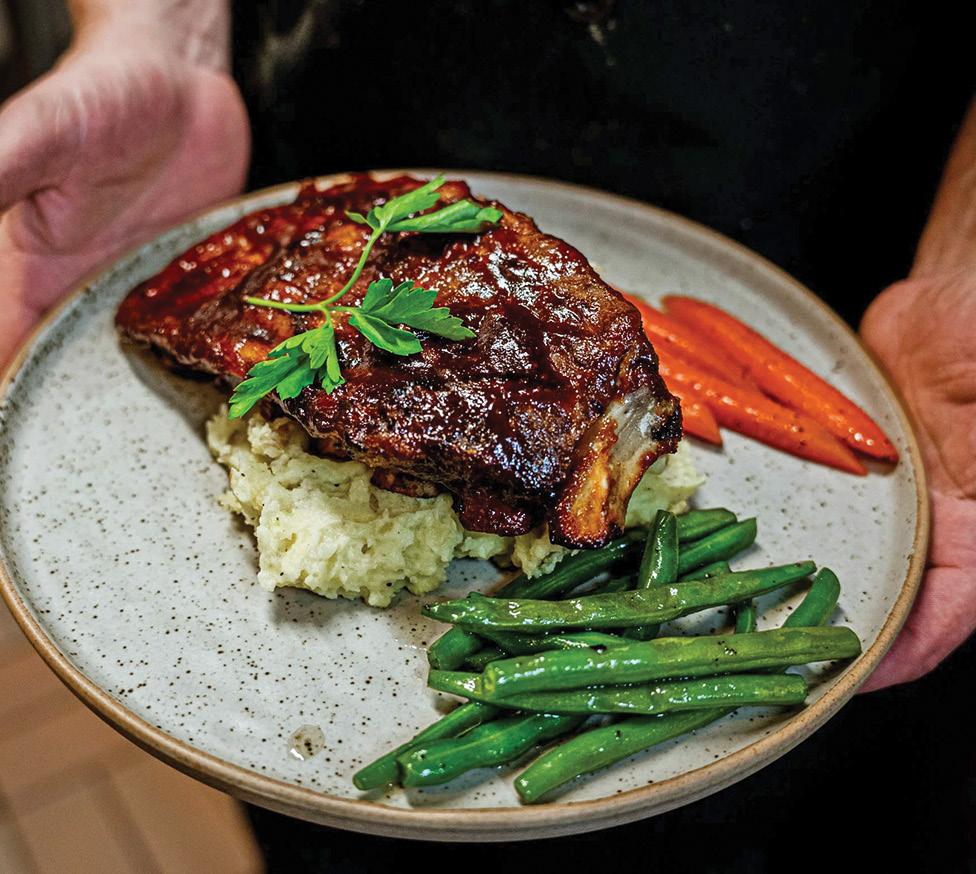
ing classic fish and chips, quality meats, tacos, burgers and bowls.
Off the Hook, Nanaimo
Off the Hook is a laid-back restaurant that offers delectable fresh, seasonal and globally-inspired cuisine. Their seafood-focused menu offers a variety of options, including quality in-house
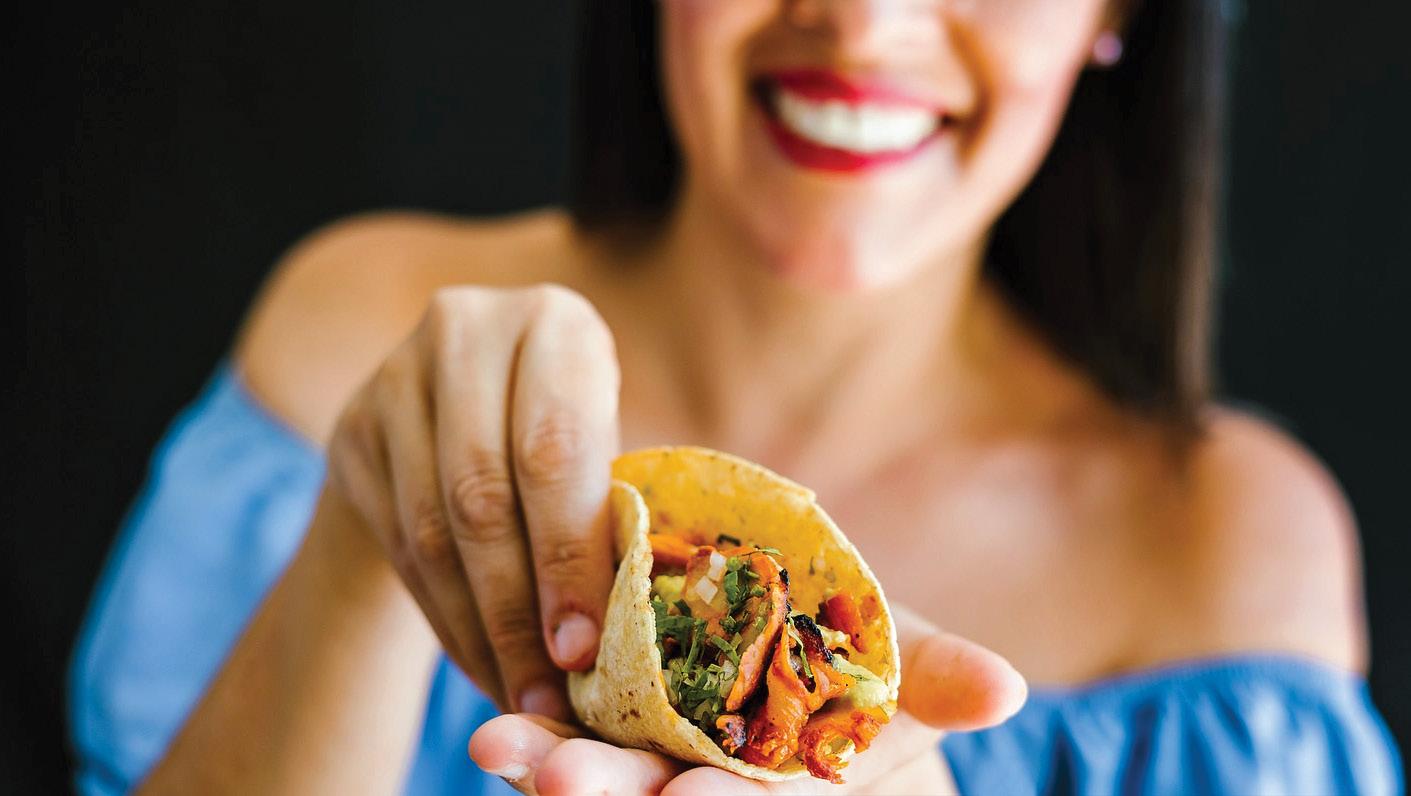
Seabreeze Take Out, Campbell River
Seabreeze Takeout boasts the best fish and chips in town, as well as homemade burgers, sandwiches, wraps and more from their oceanfront location. Outdoor seating is available.
Bare Bones Fish House, Port Alberni
Bare Bones Fish House is a contemporary restaurant that offers innovative seafood and in-house smokery-inspired menu that features a diverse and creative range of fish dishes, includ-
smoked meats, tacos, burgers and bowls. Dine and relax indoors, take in the fresh air in their outdoor seating area or order take out to enjoy at home or in your hotel room.
Trollers Fish & Chips, Nanaimo
Savour the best of Vancouver Island’s seafood at Troller’s Fish & Chips in Nanaimo. Trollers is a seasonal floating restaurant that offers a delectable menu featuring fresh halibut, cod and wild sockeye salmon, providing a true taste of the surrounding waters’ finest catches.
Indigenous Tourism British Columbia
(ITBC)
is a non-profit, stakeholder-based organization committed to supporting, growing and promoting meaningful tourism experiences led by Indigenous Peoples in BC, sharing history, culture and lands on their terms, underscoring the importance of community, respect and mutual enrichment in all interactions.
Off the Hook
Bare Bones Fish House

